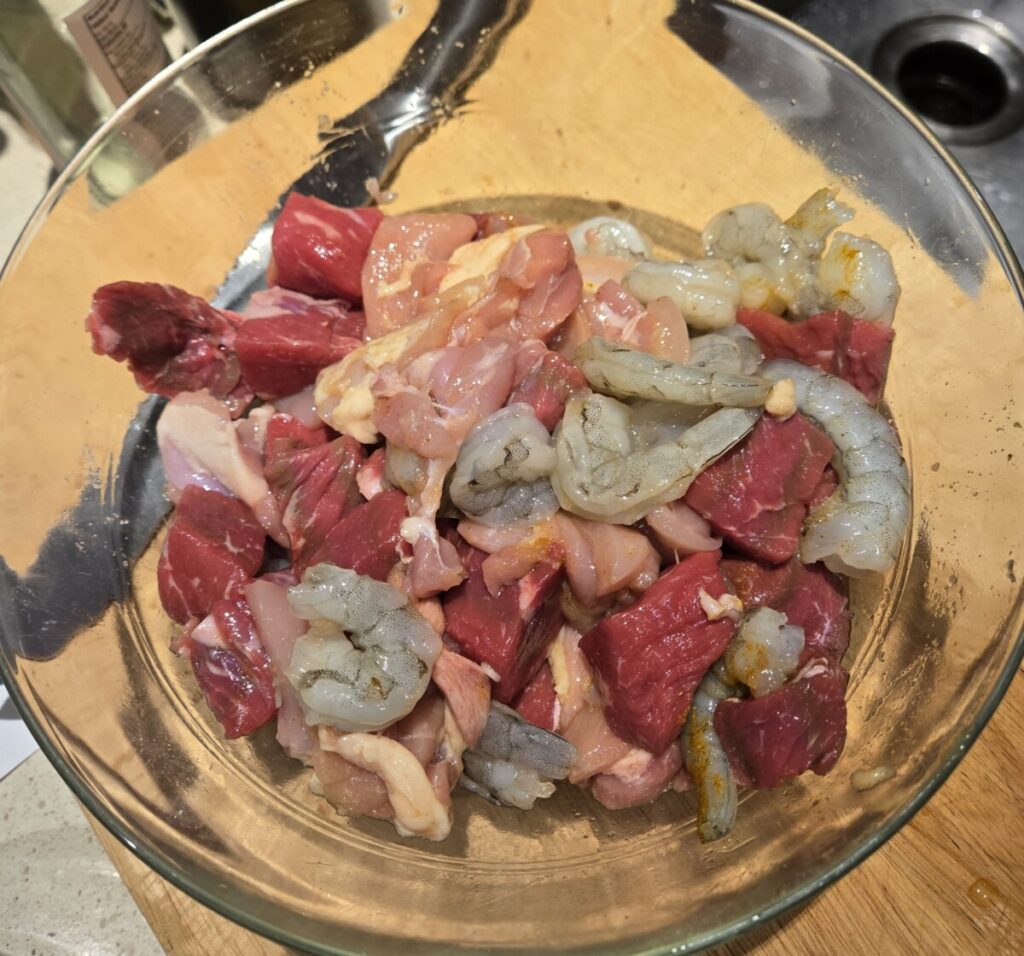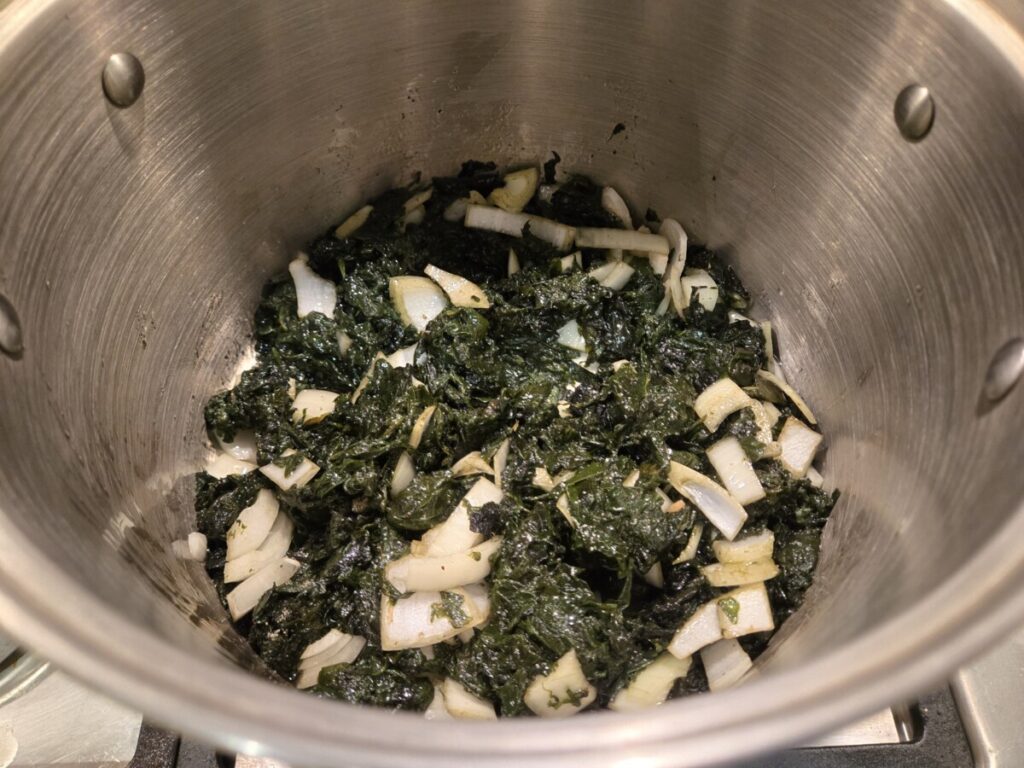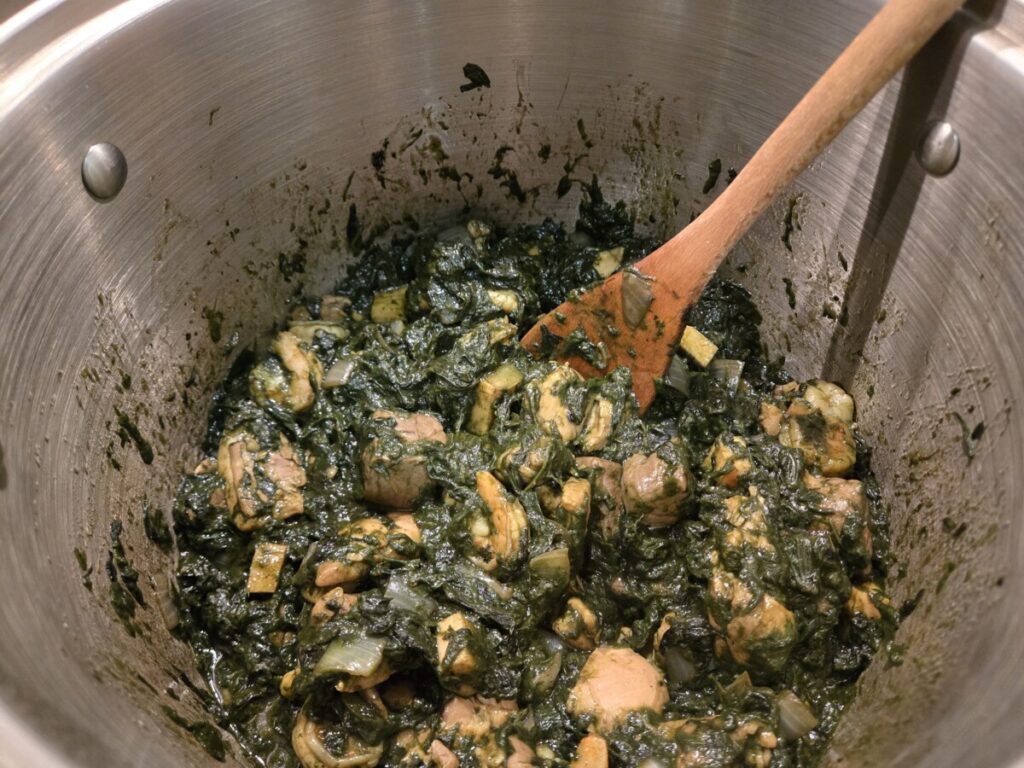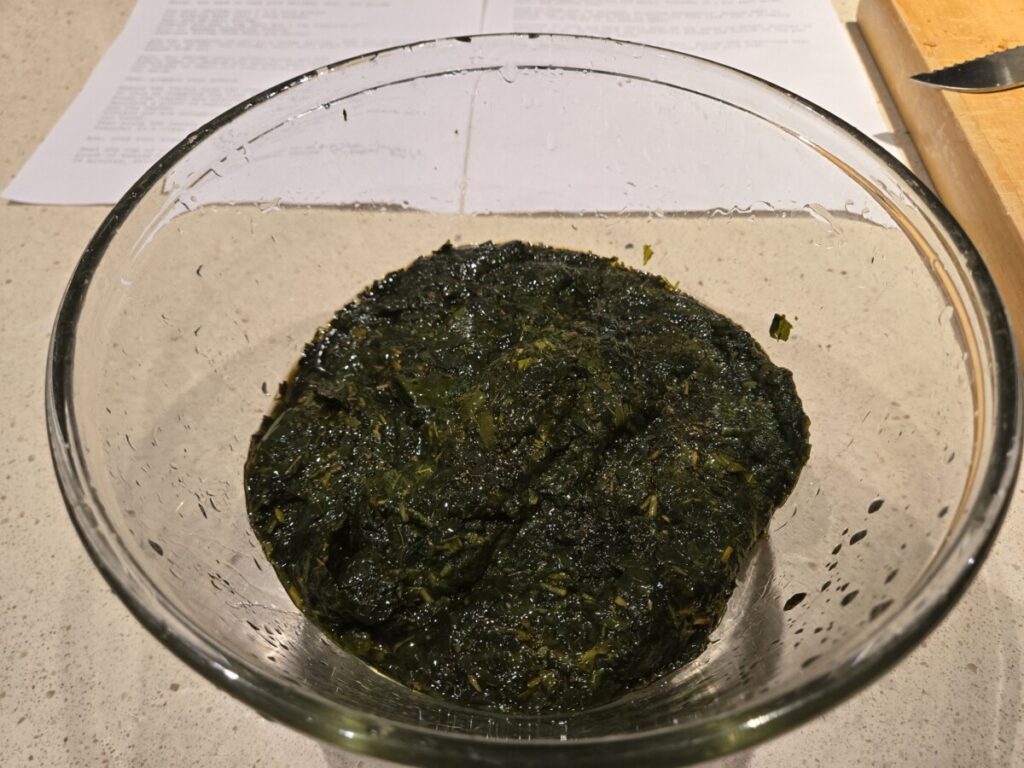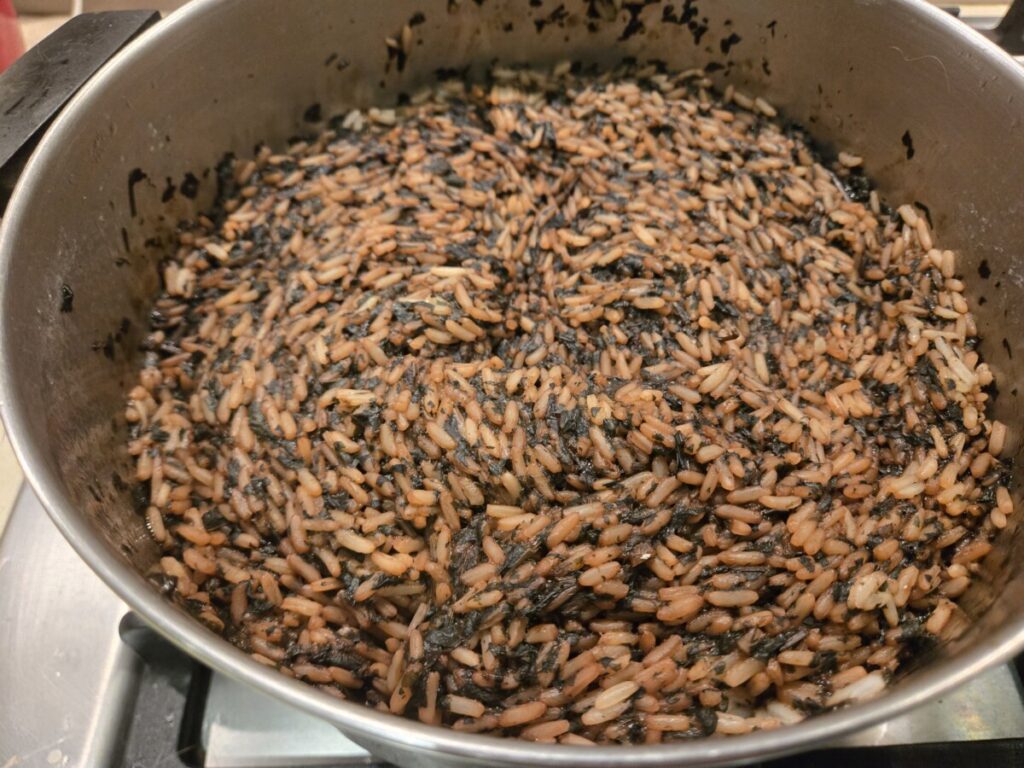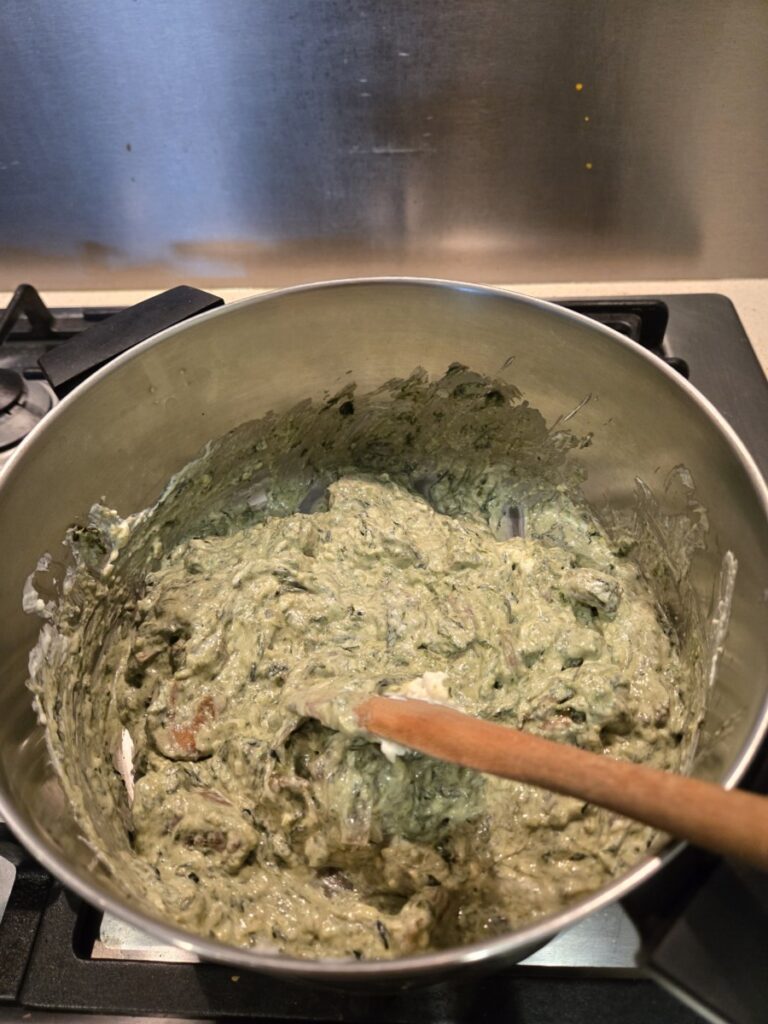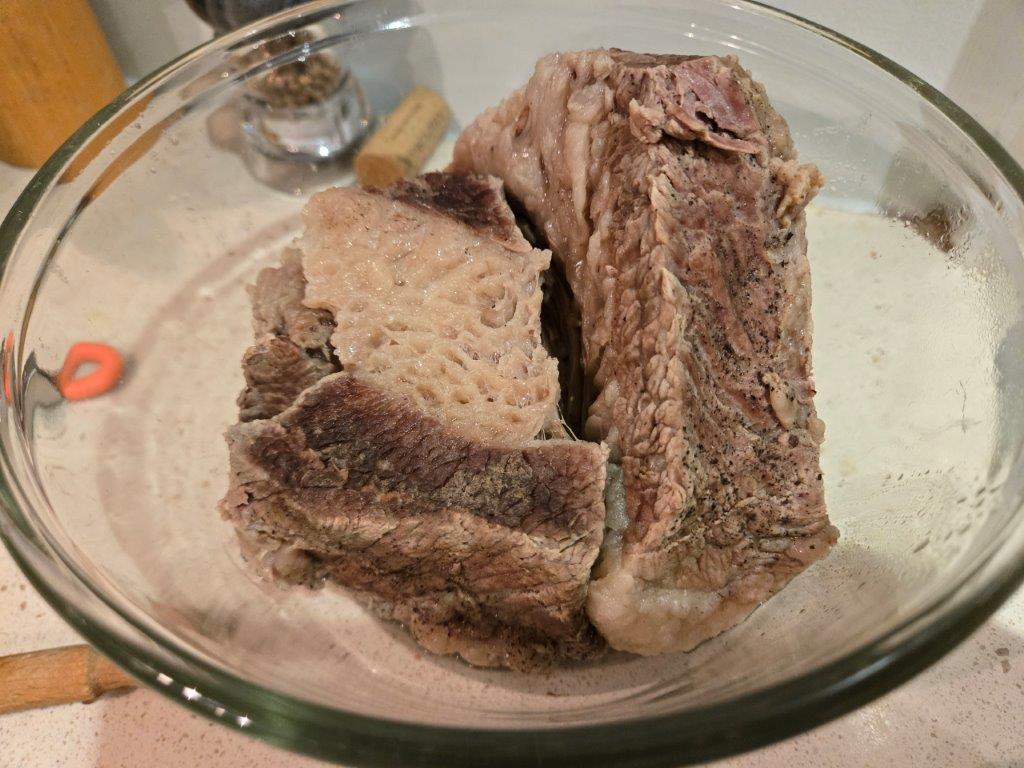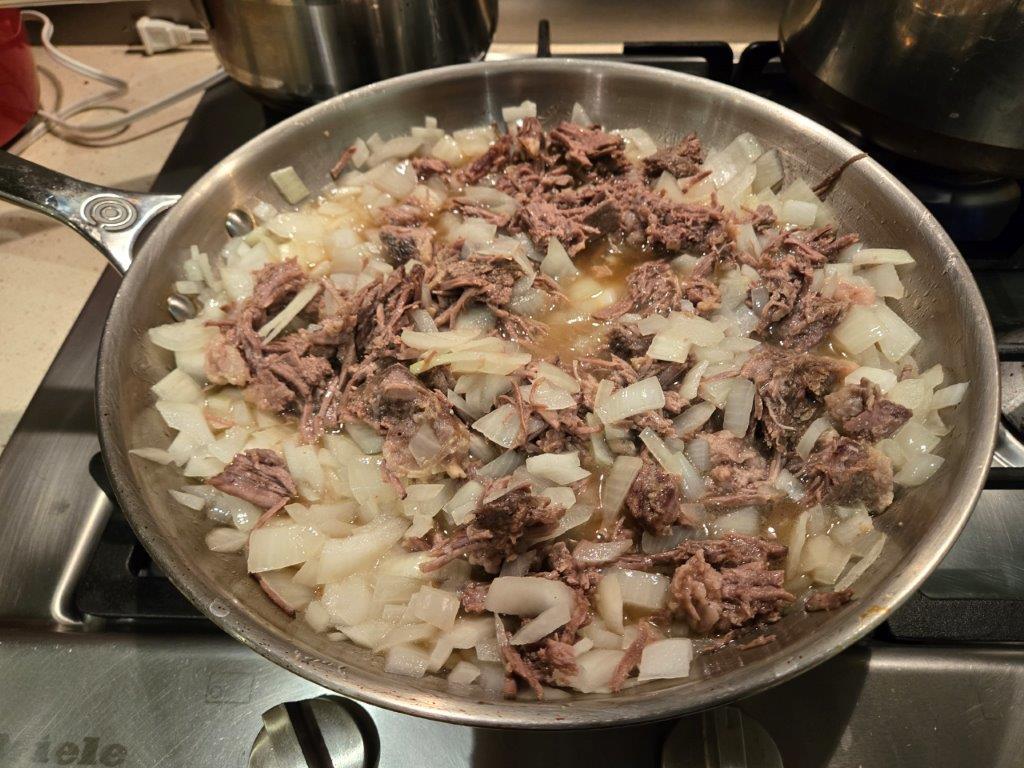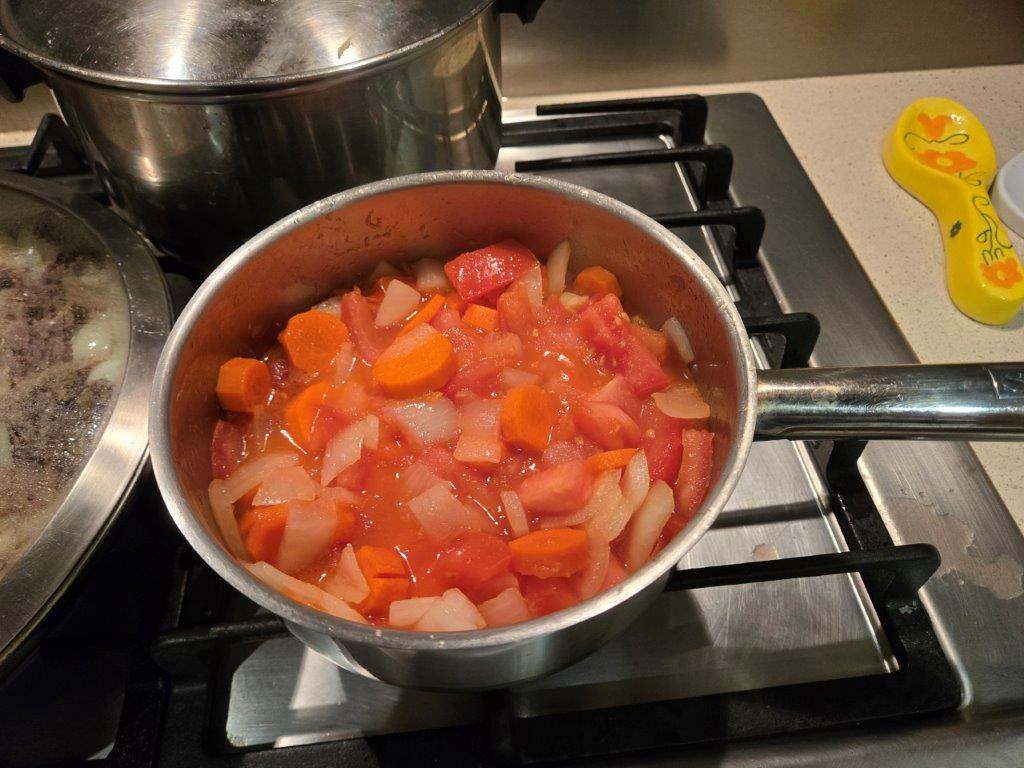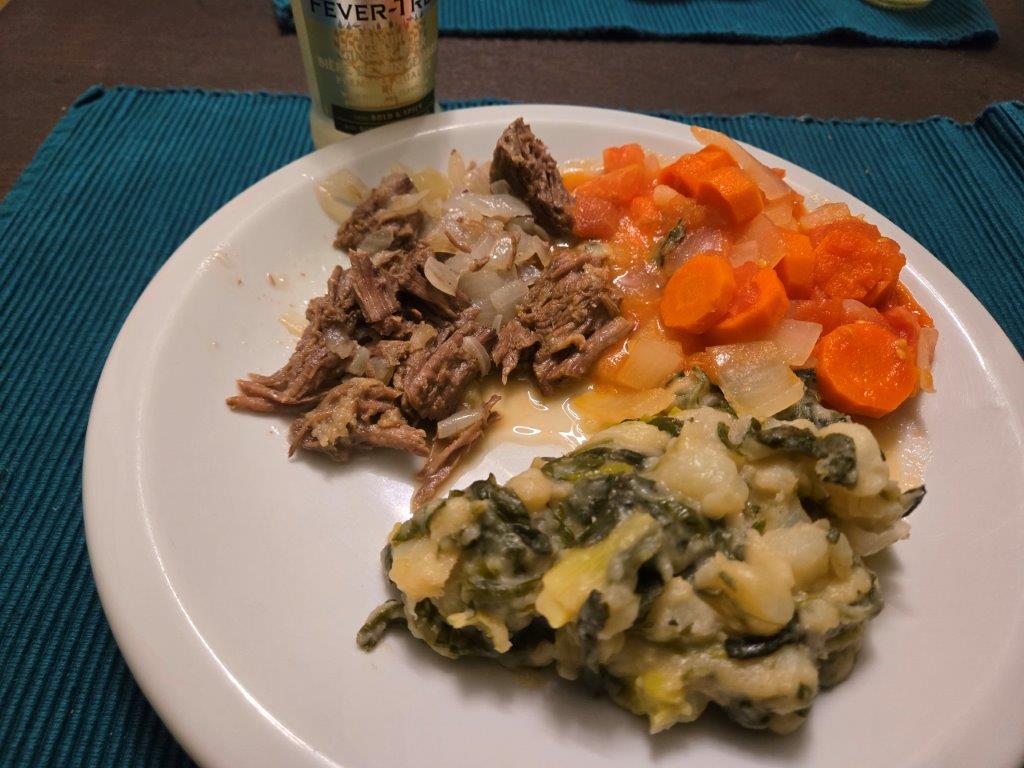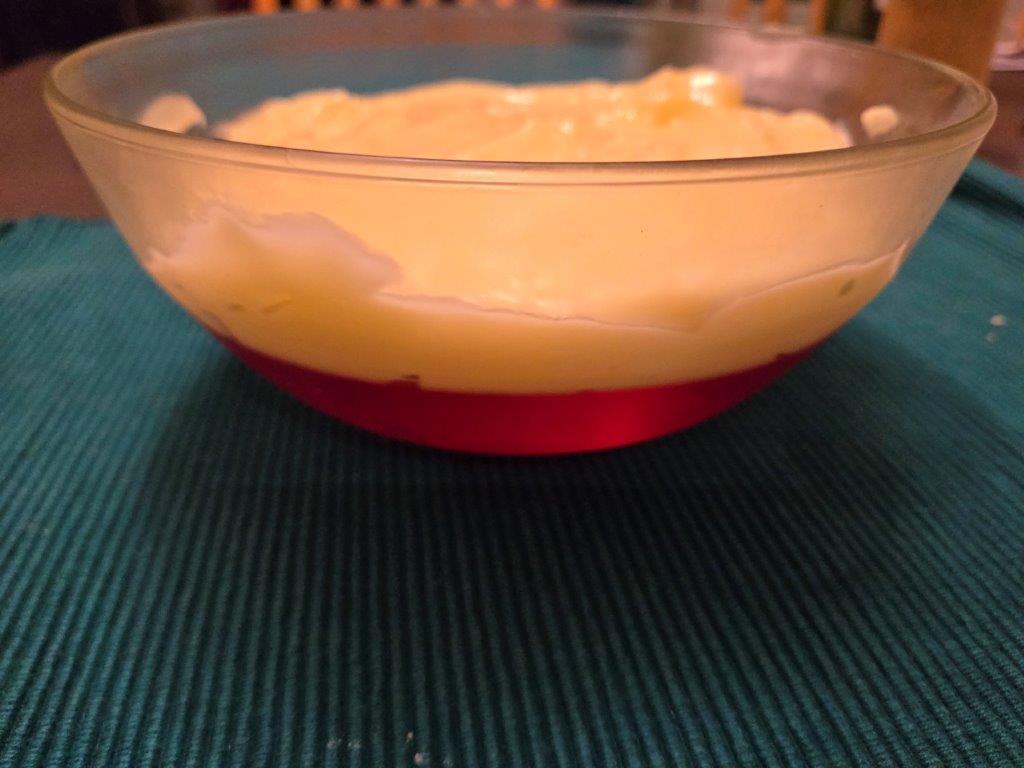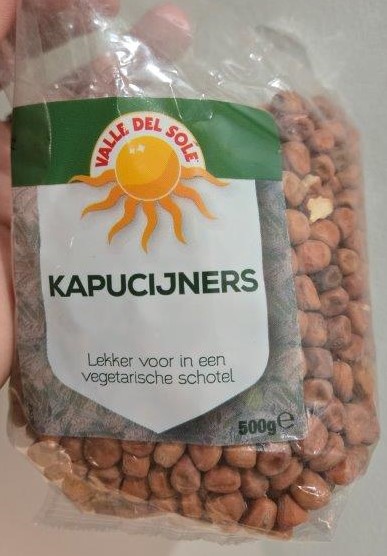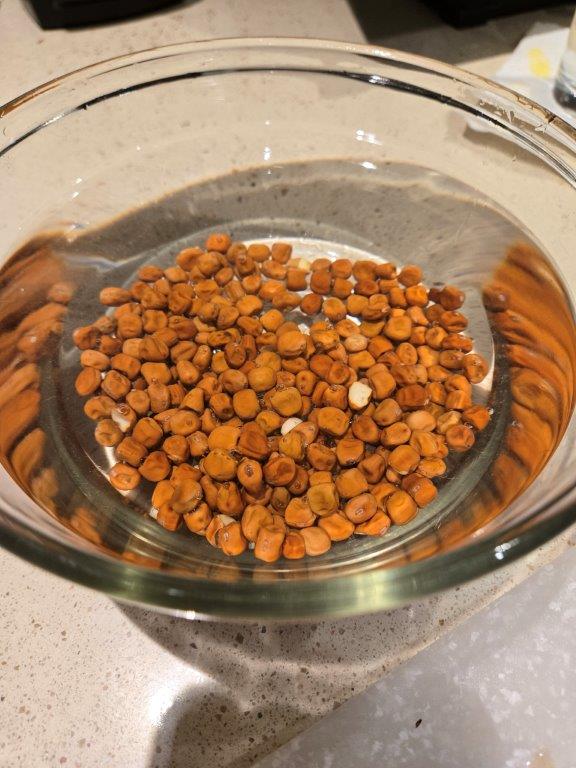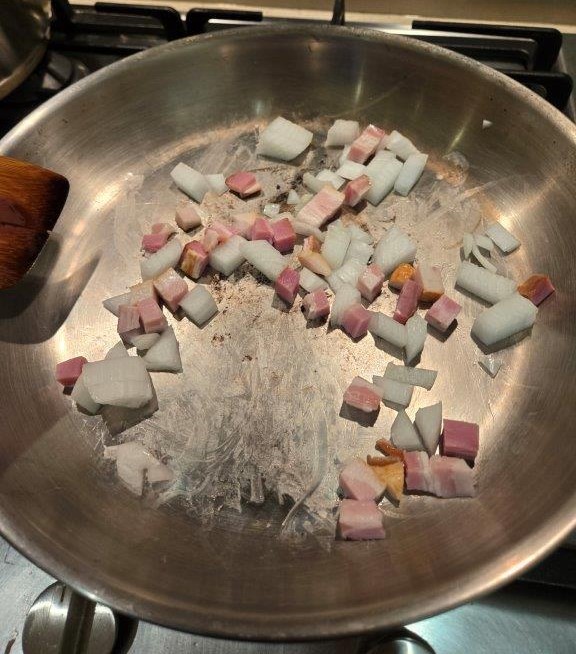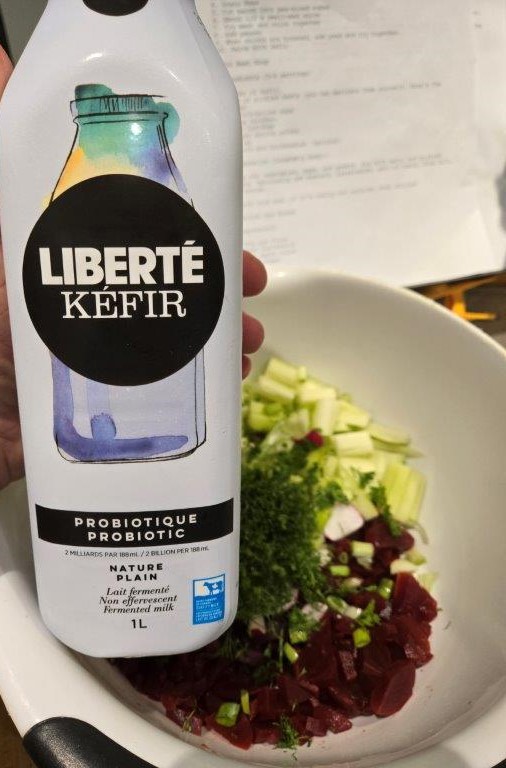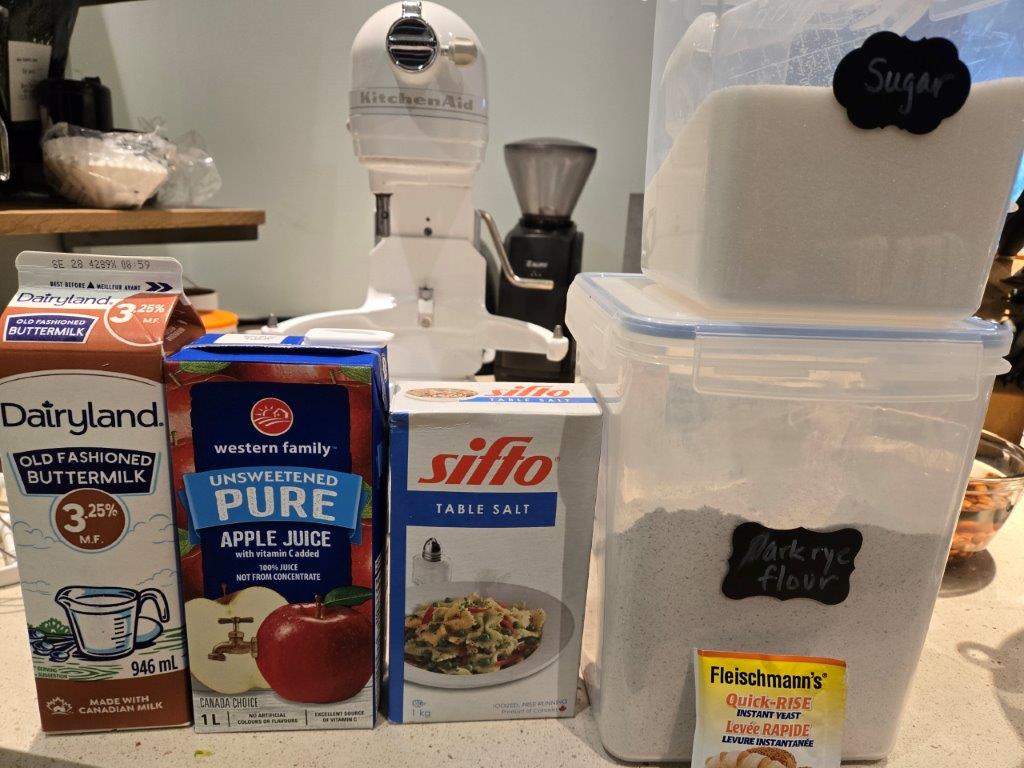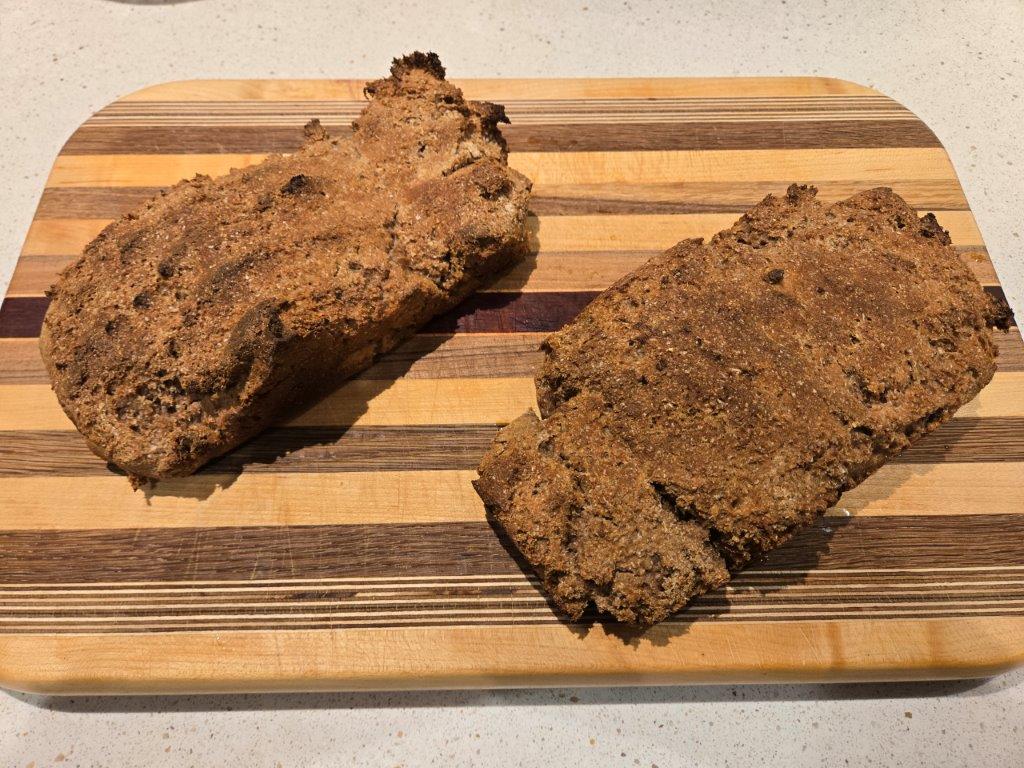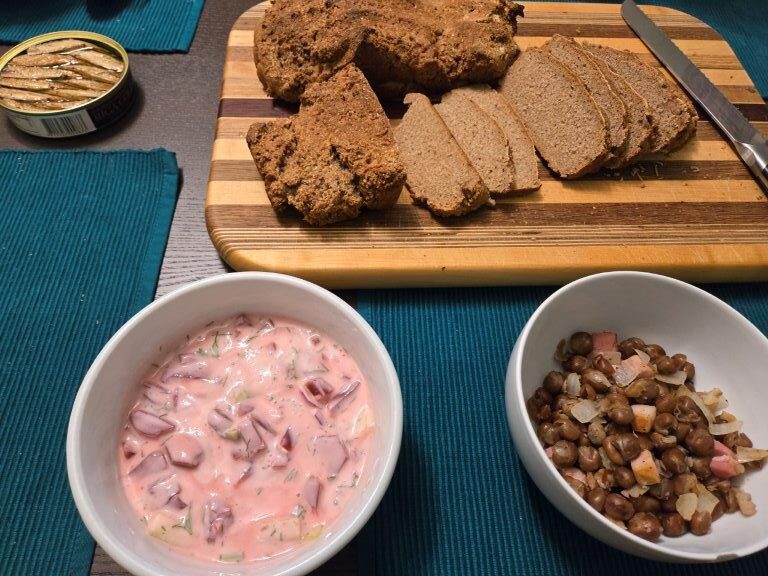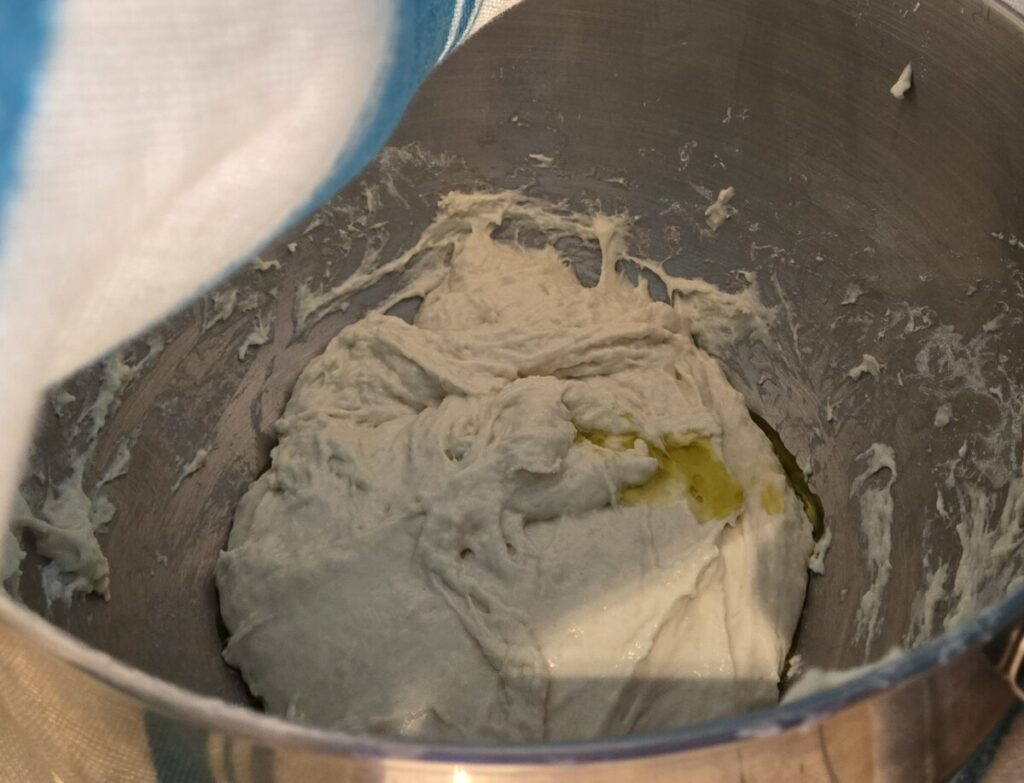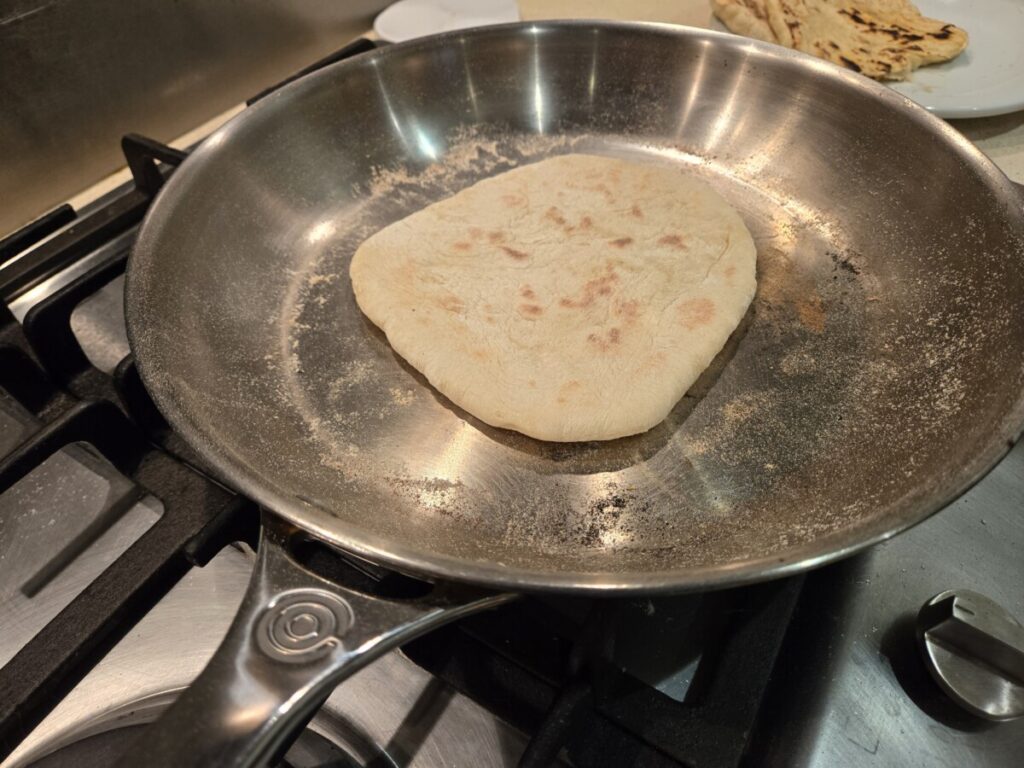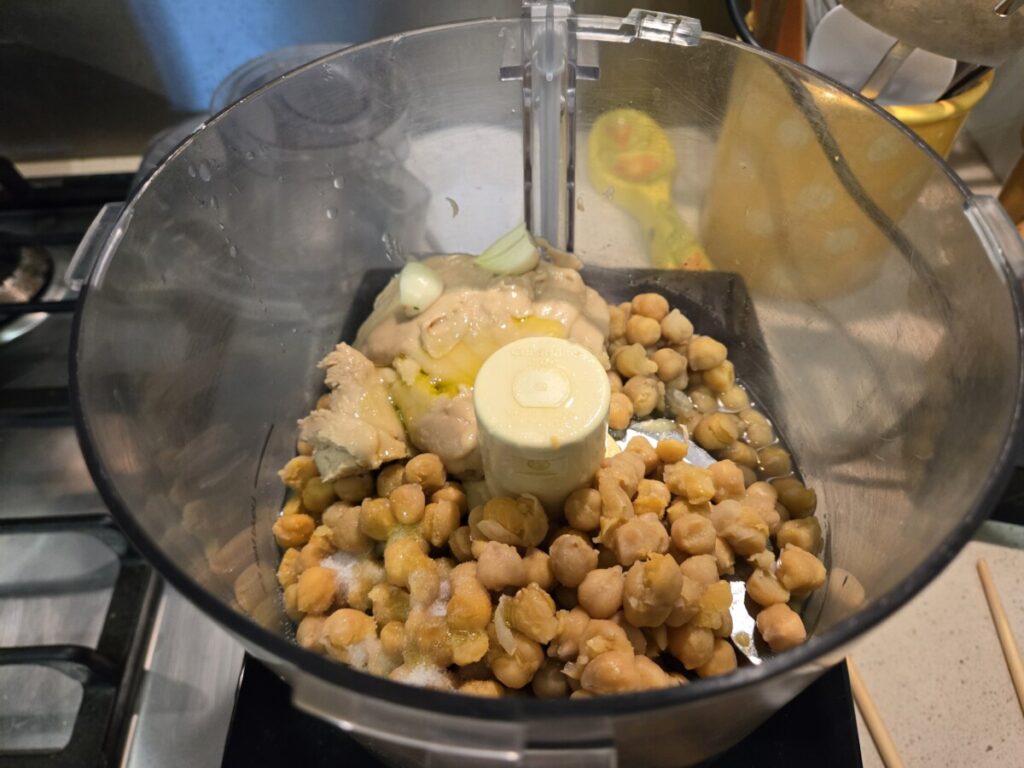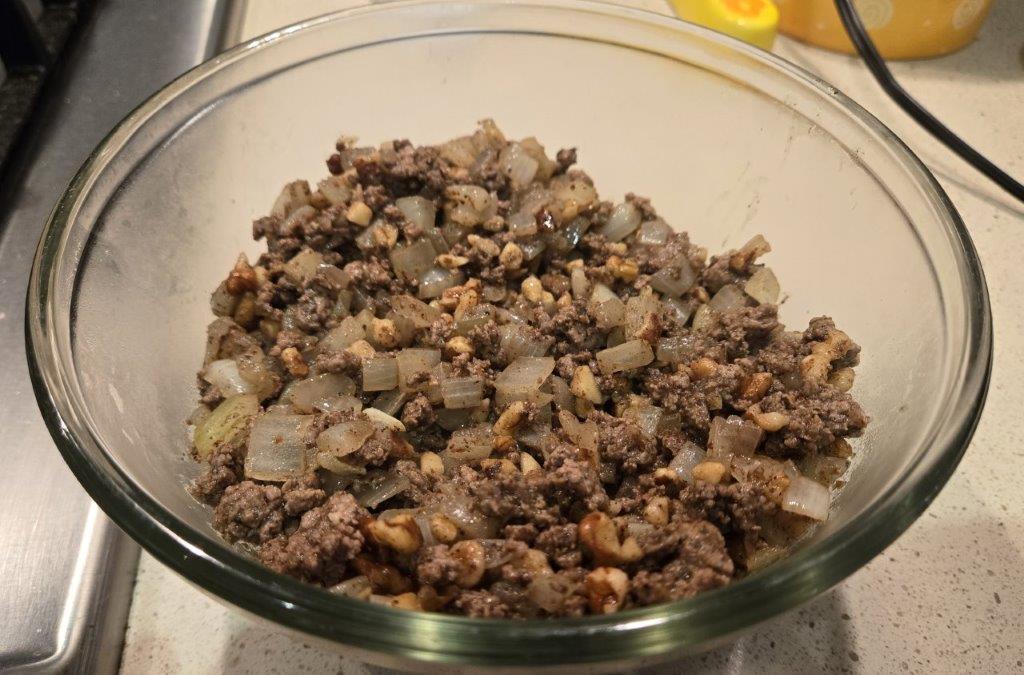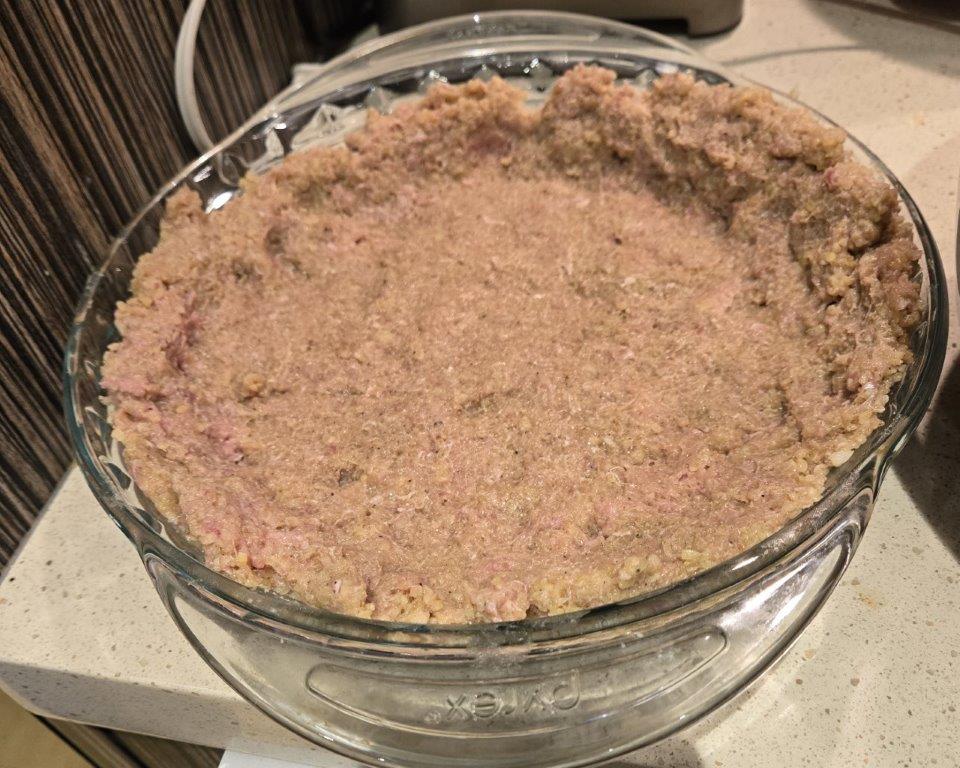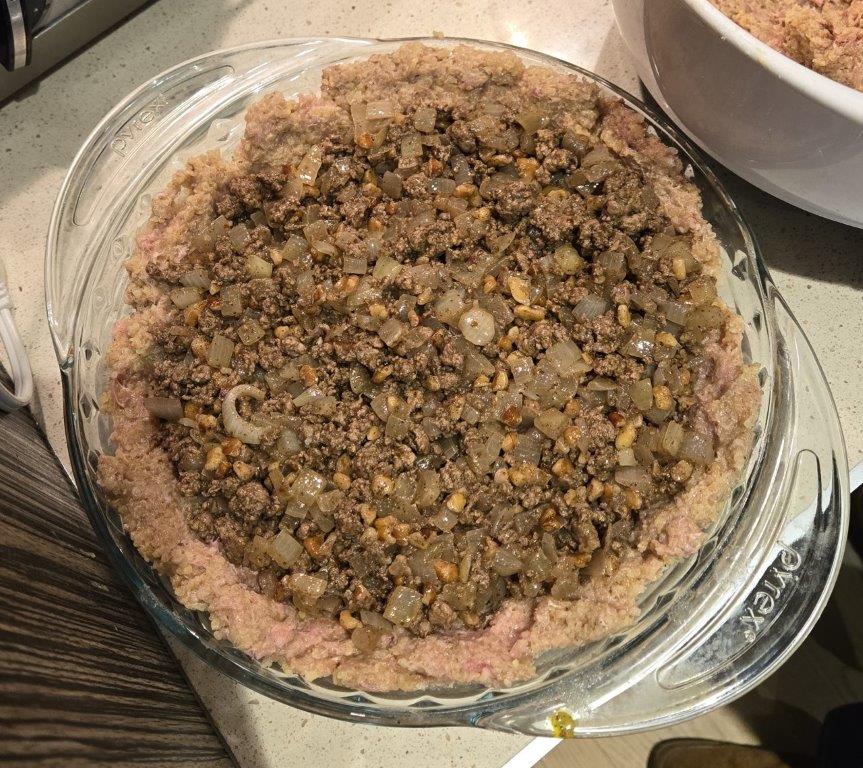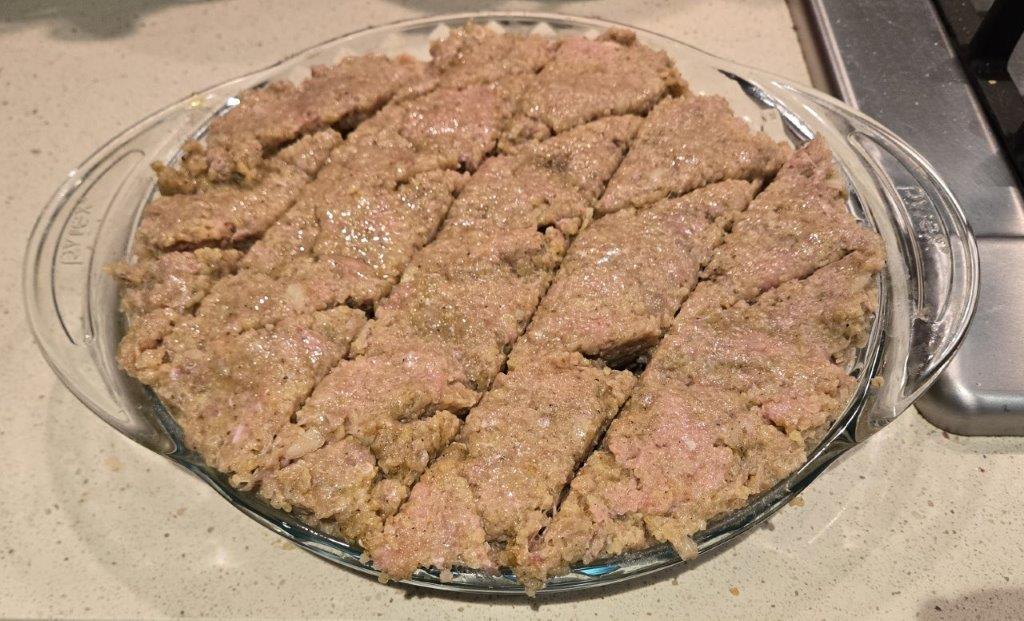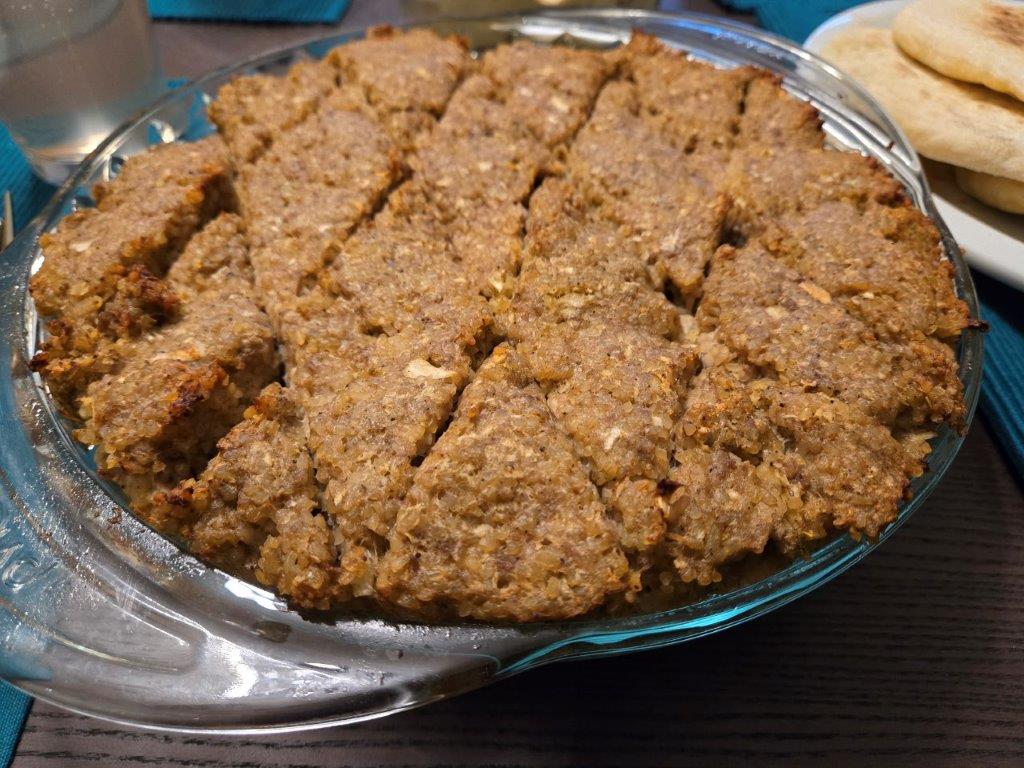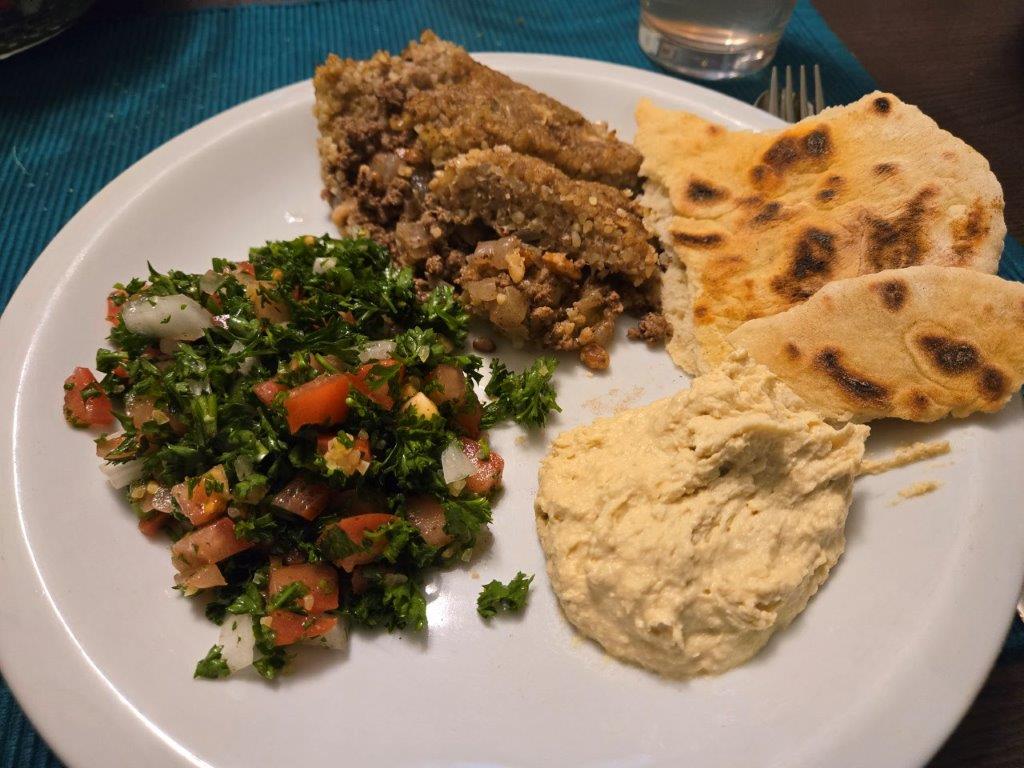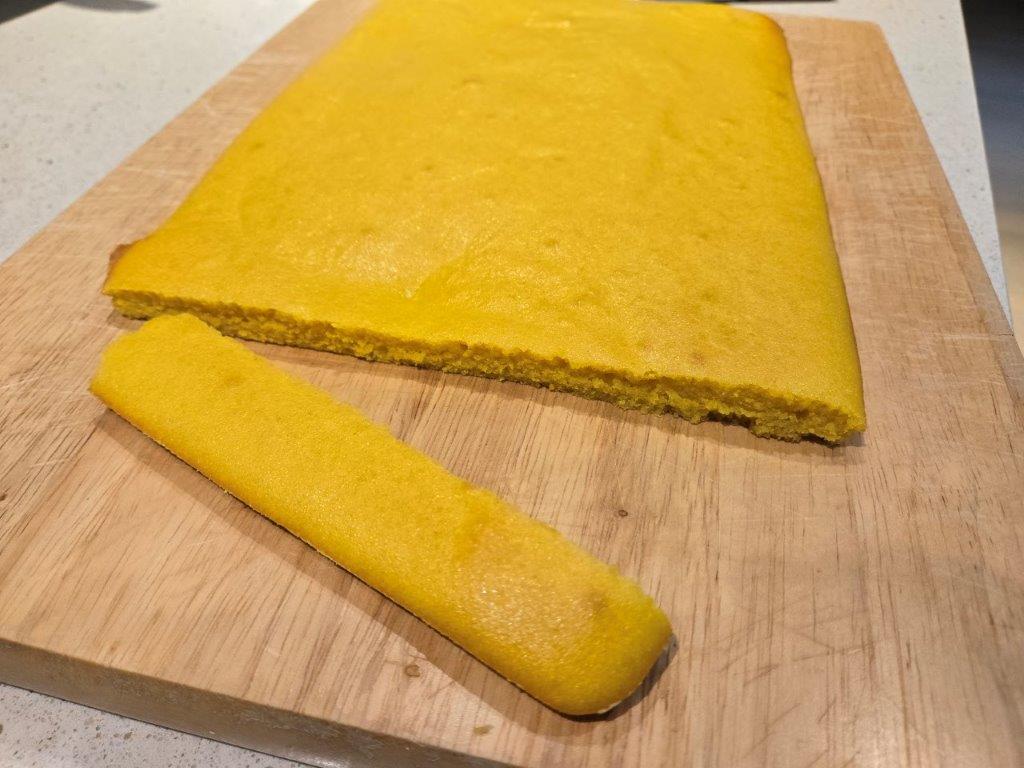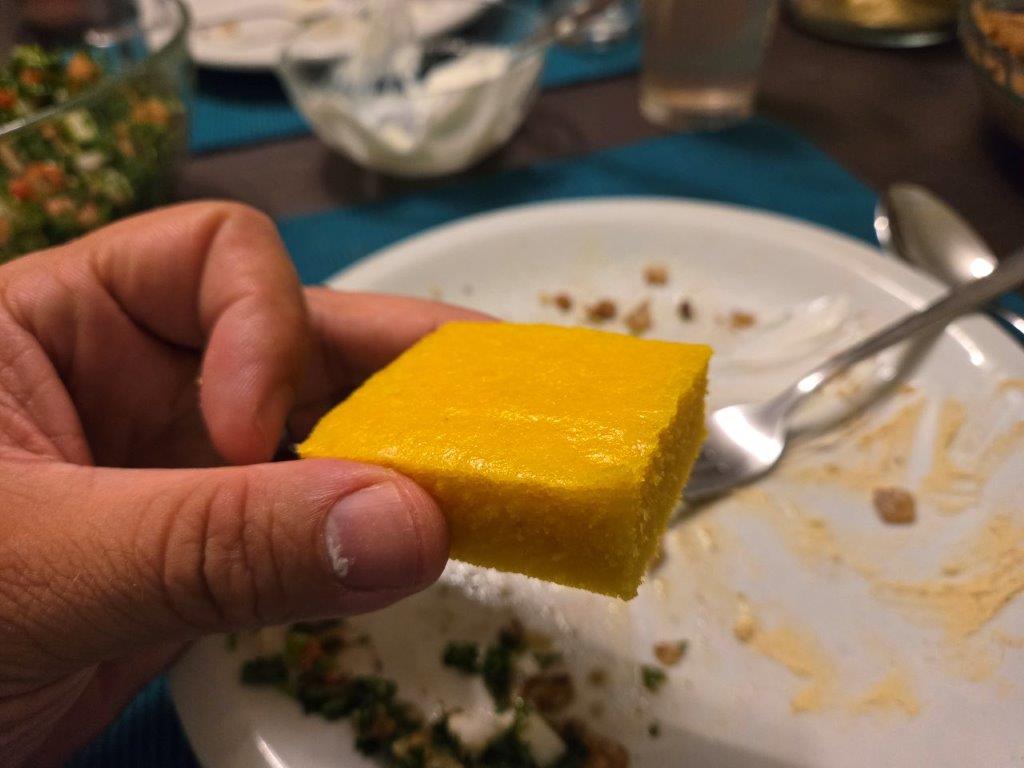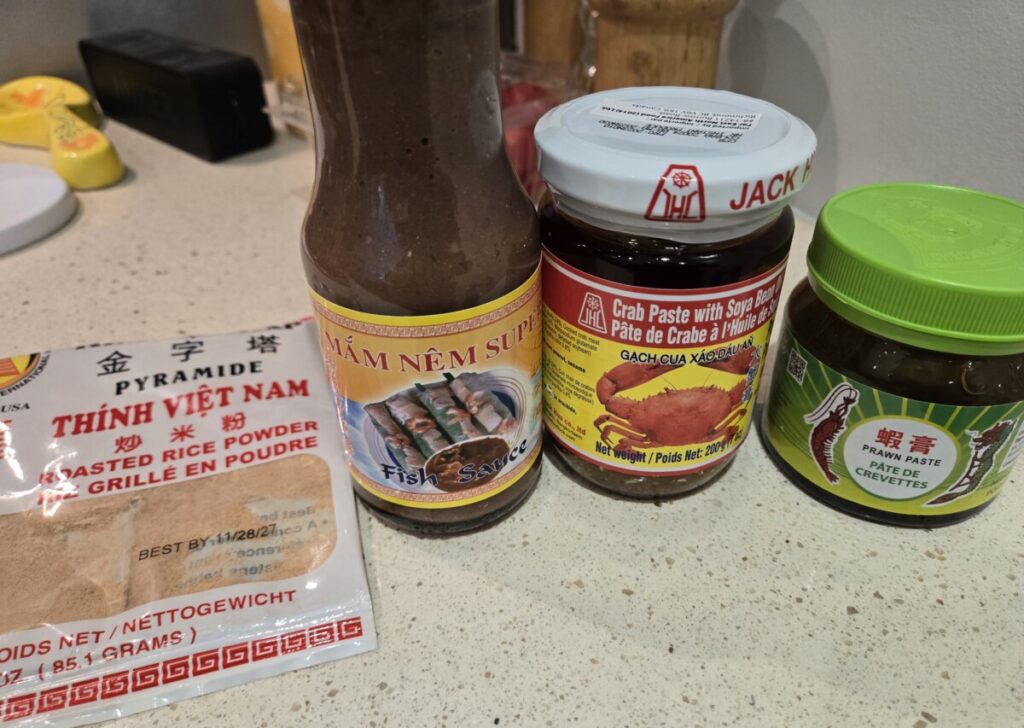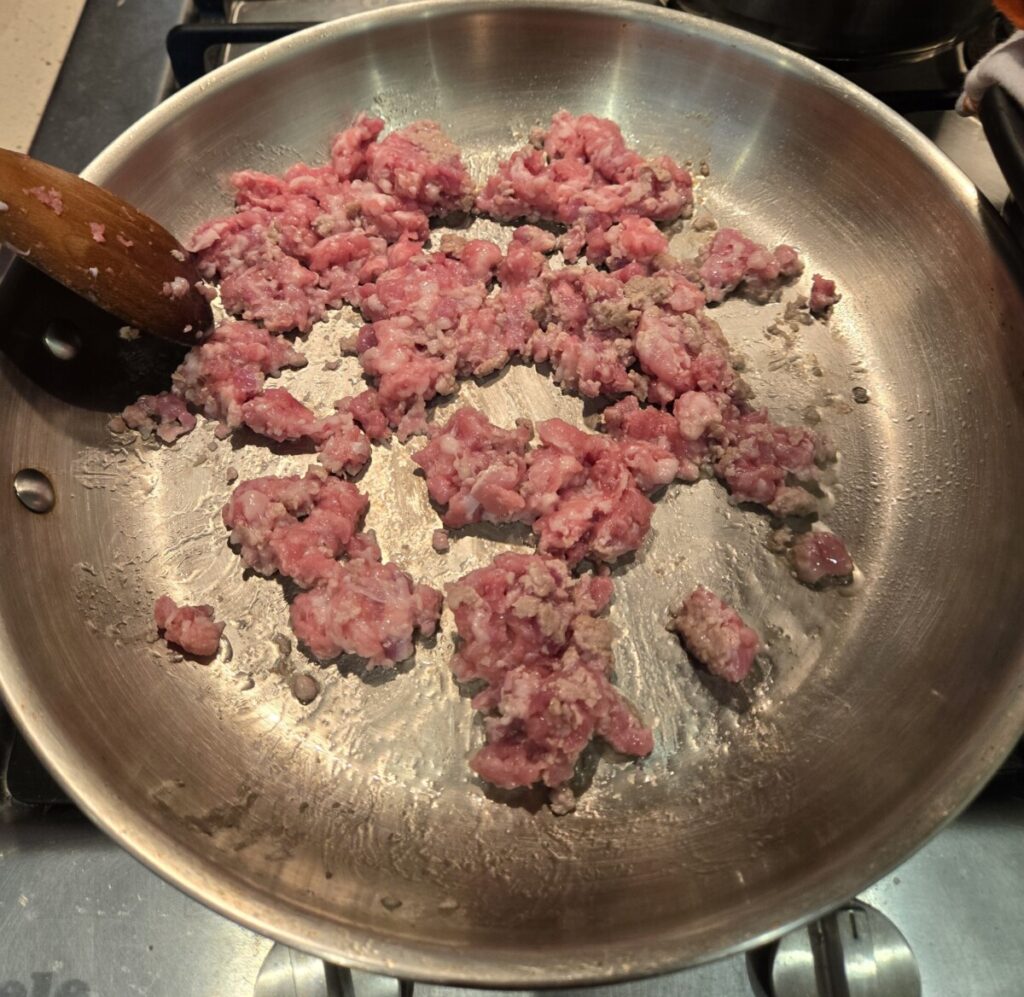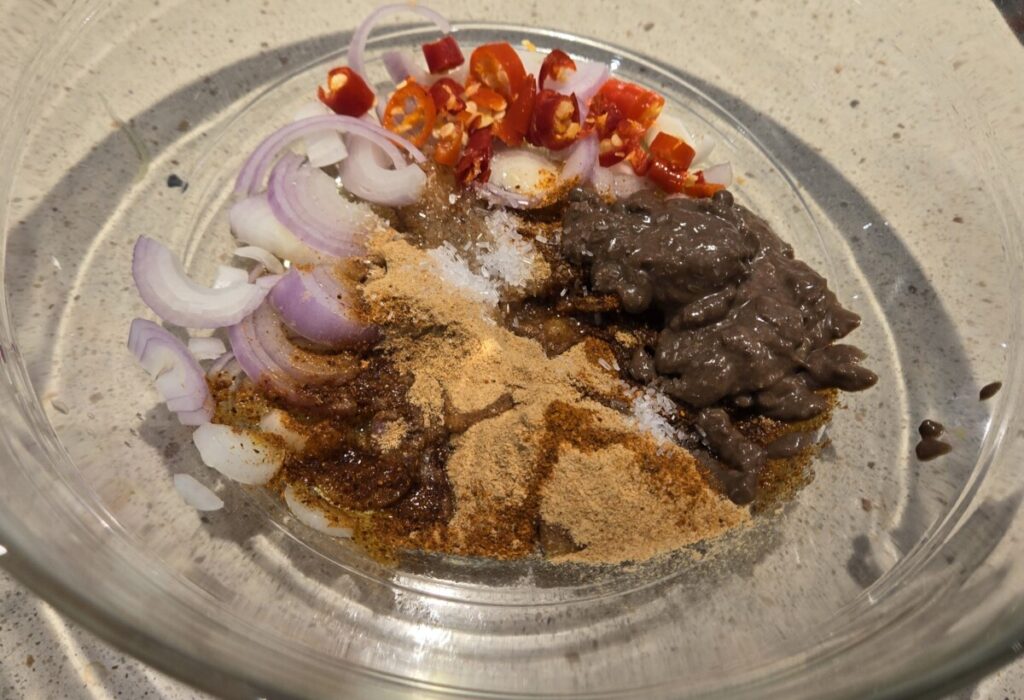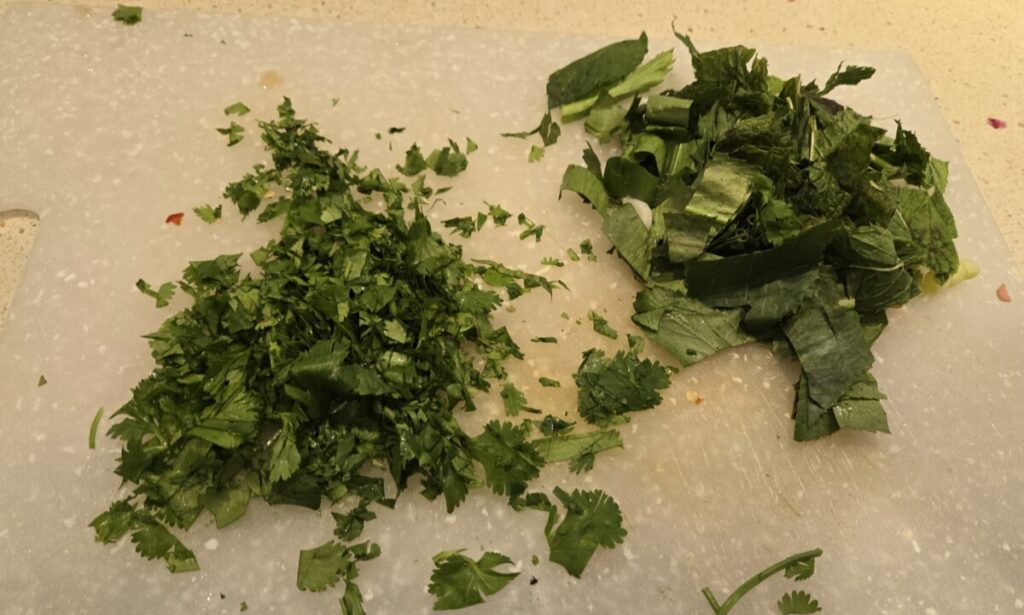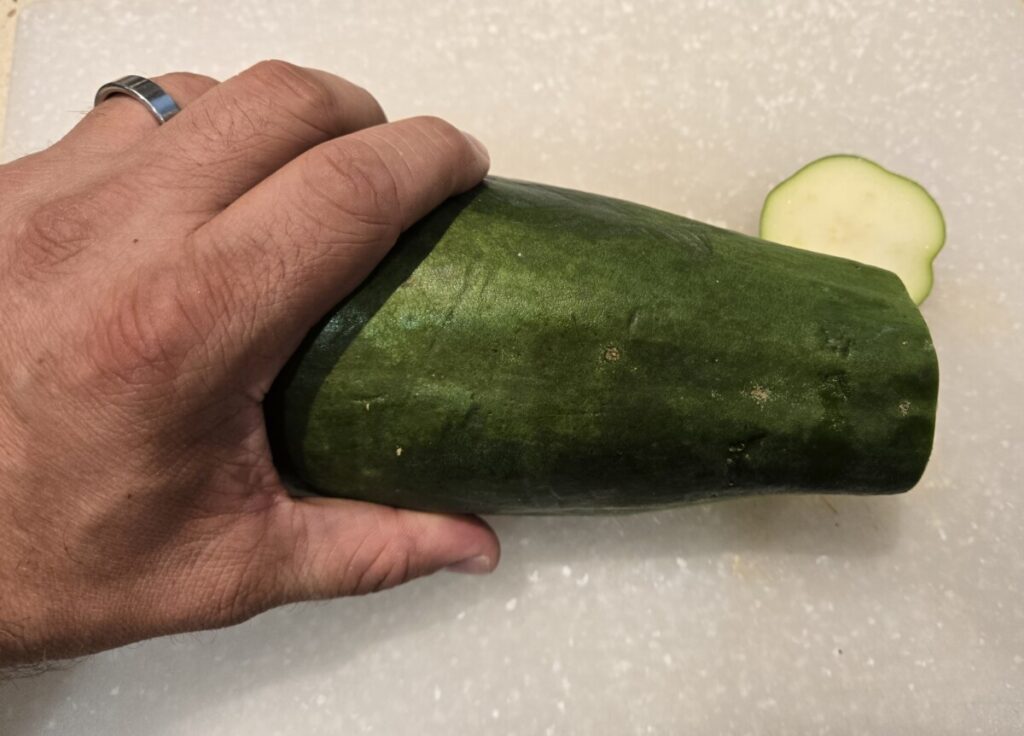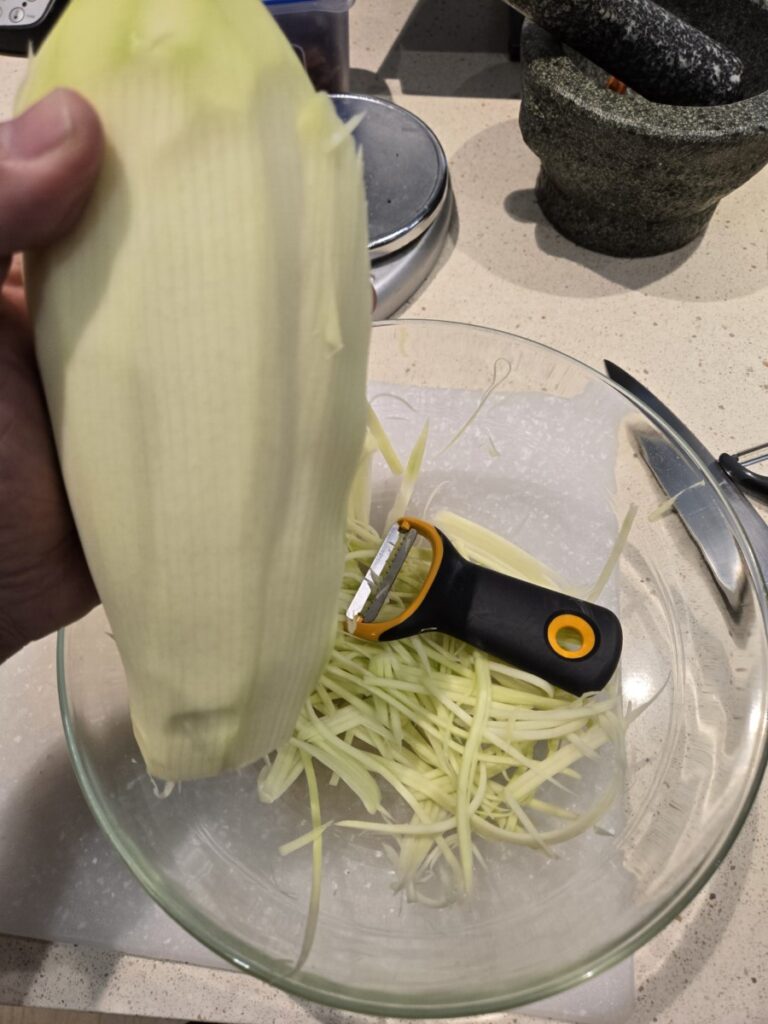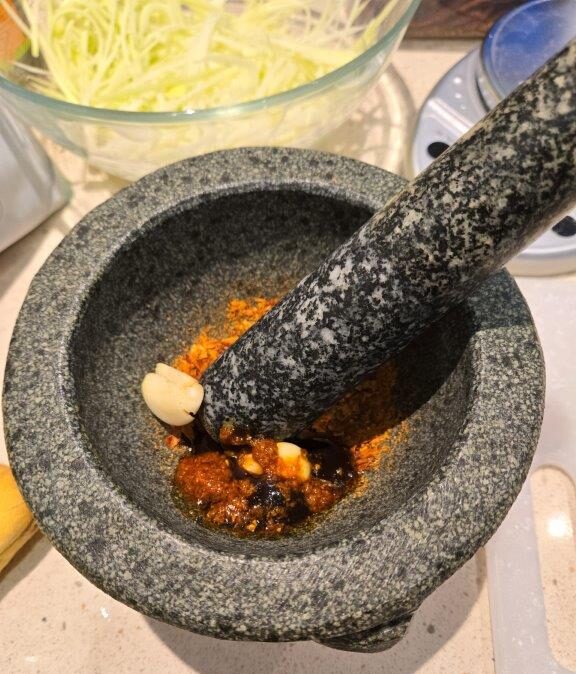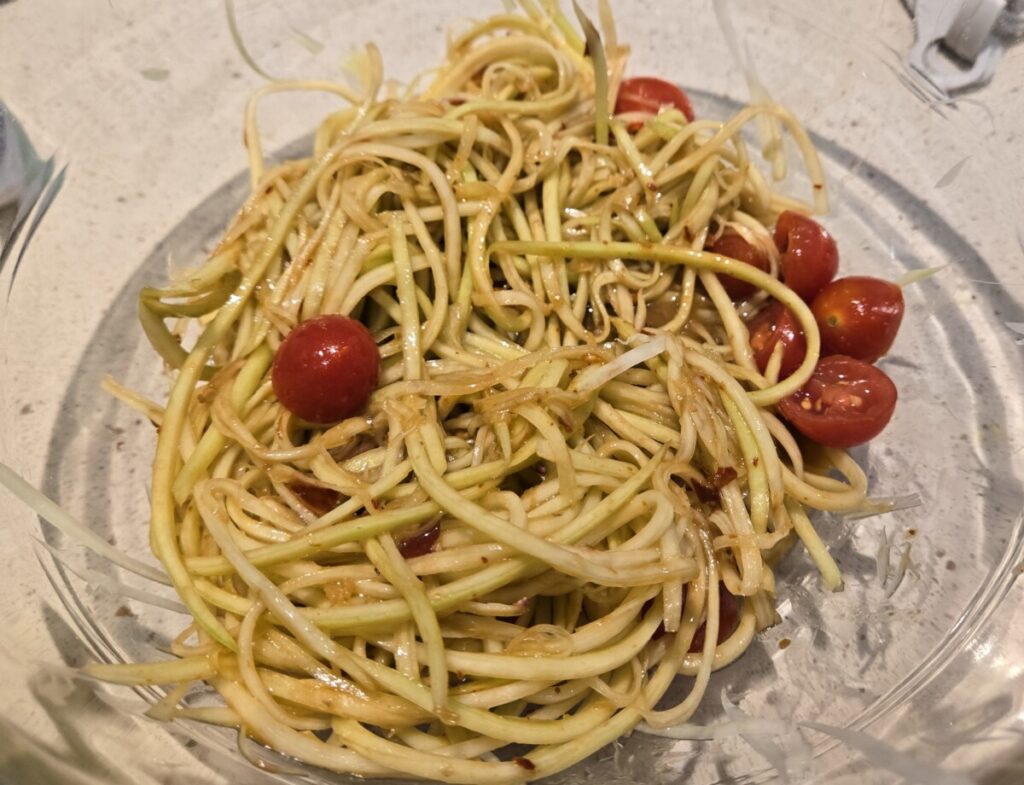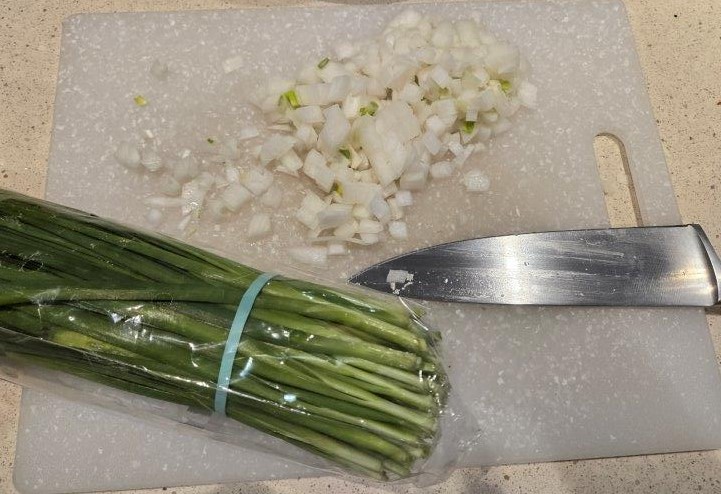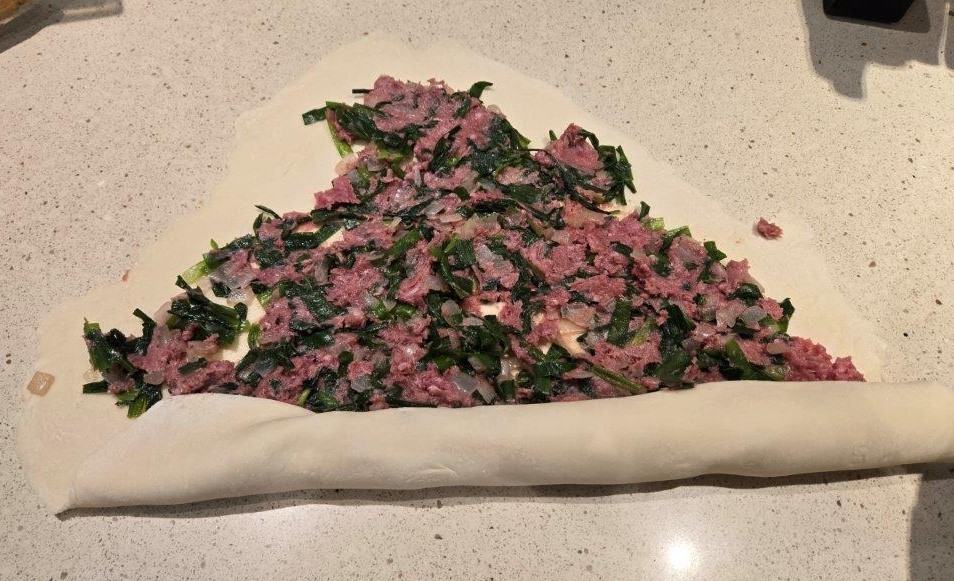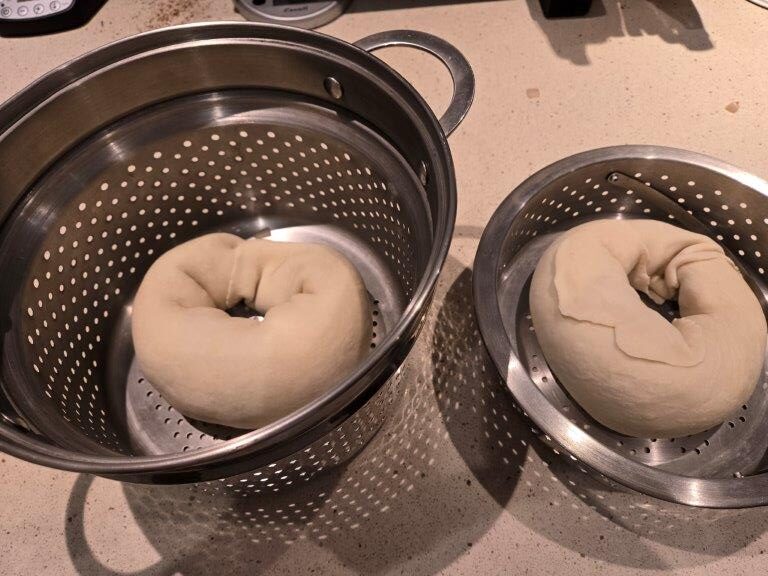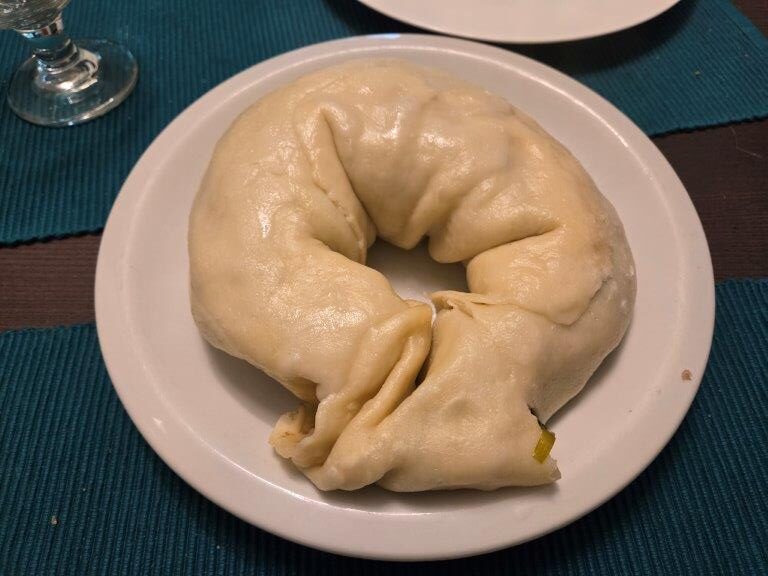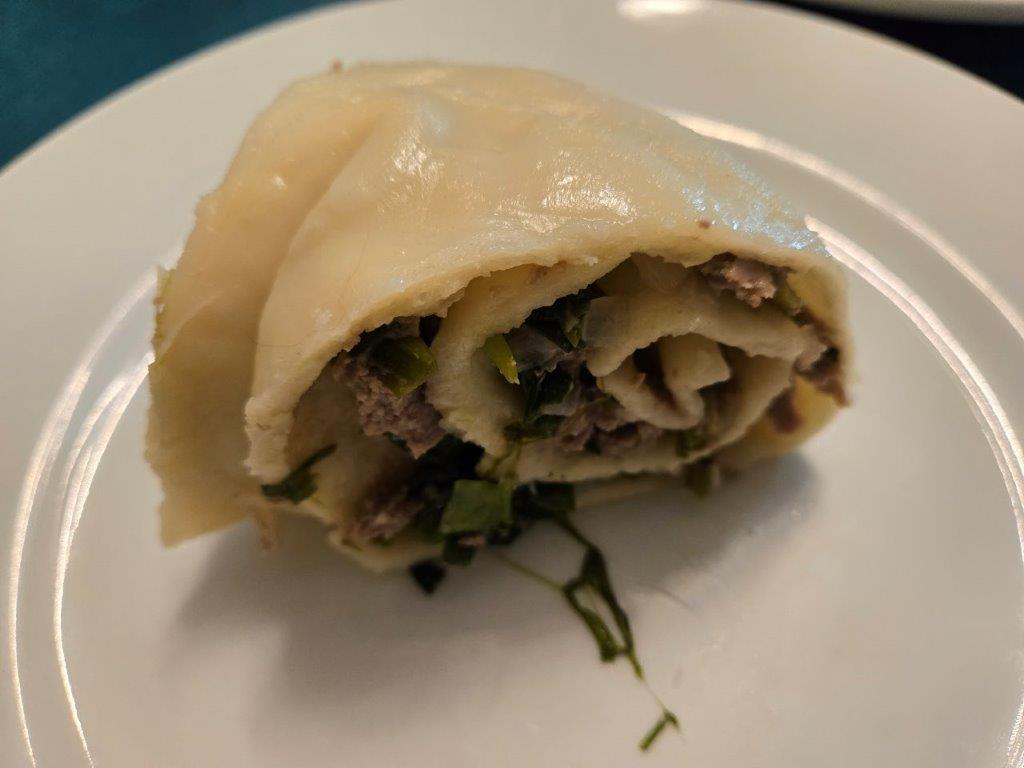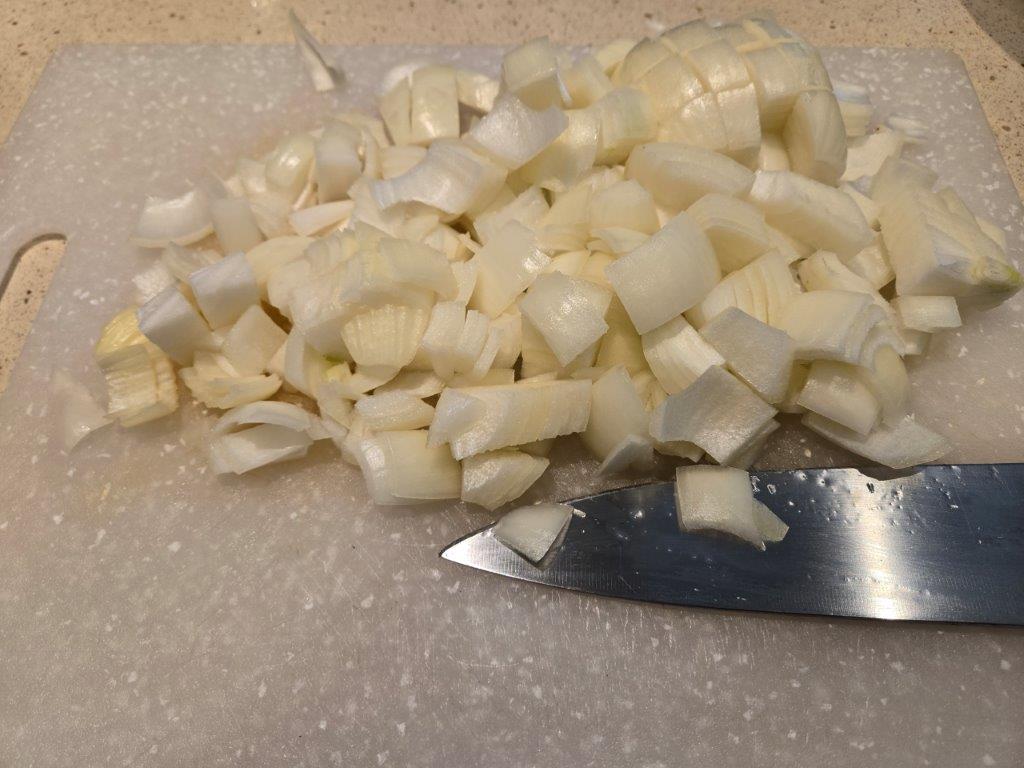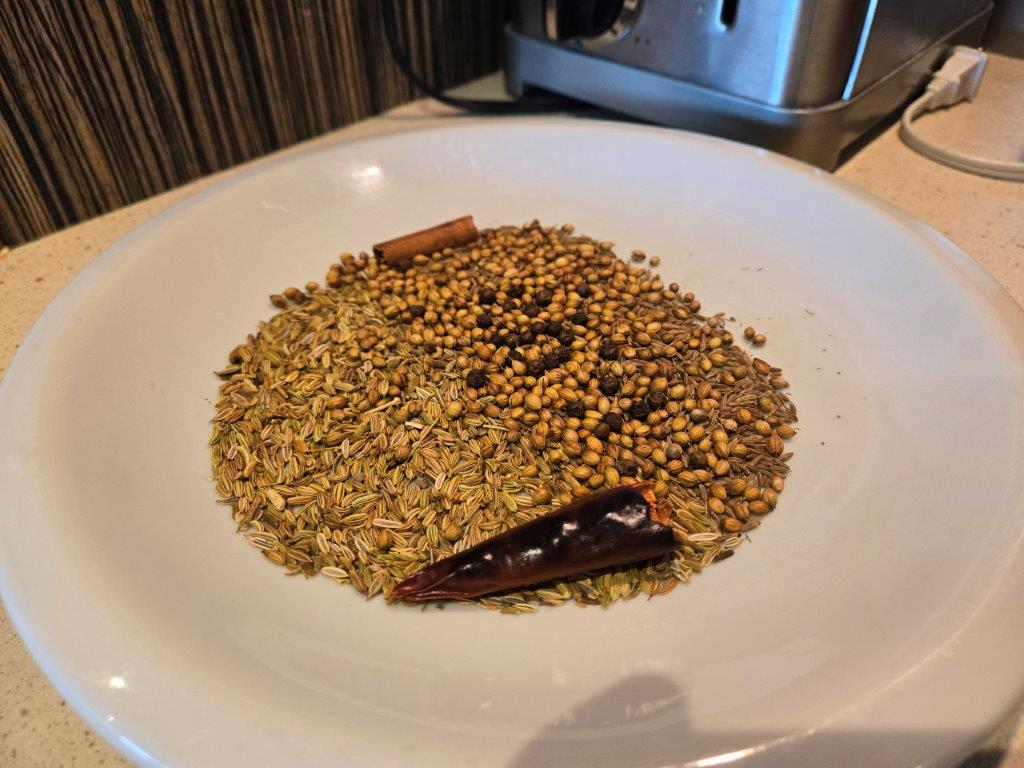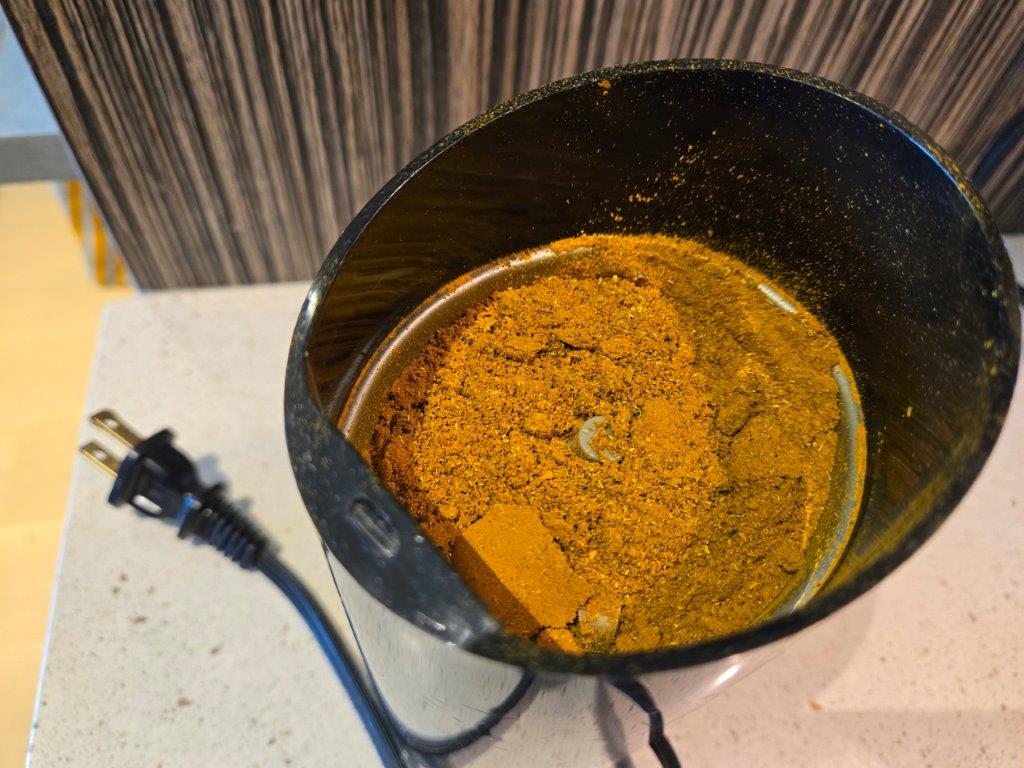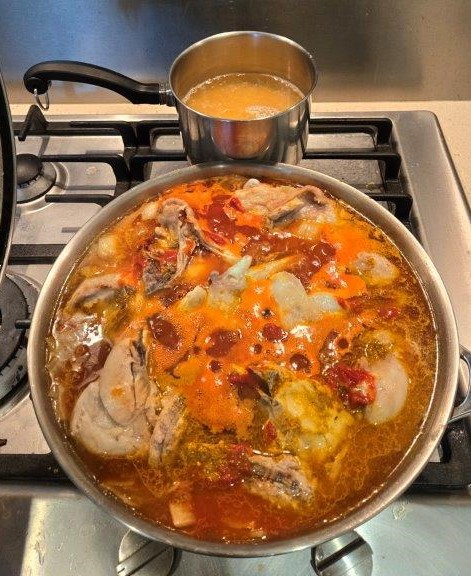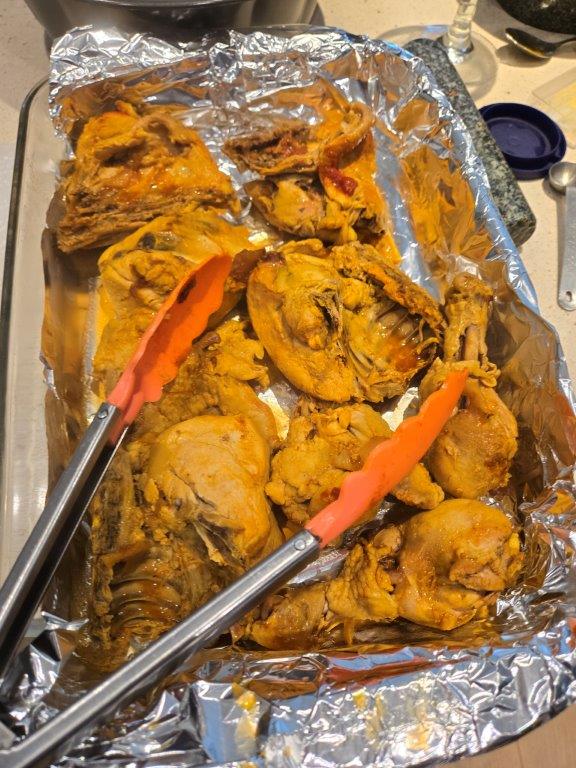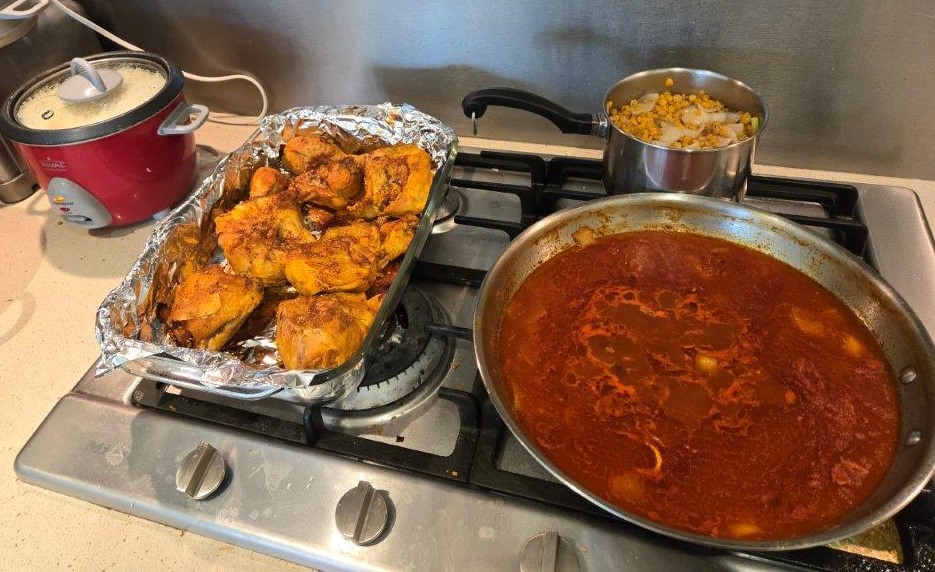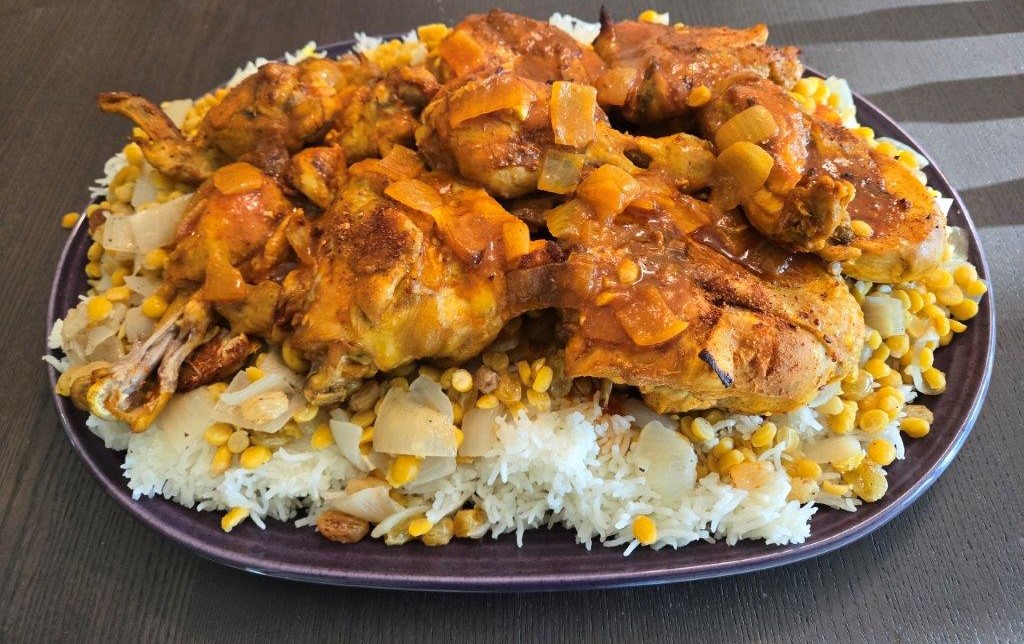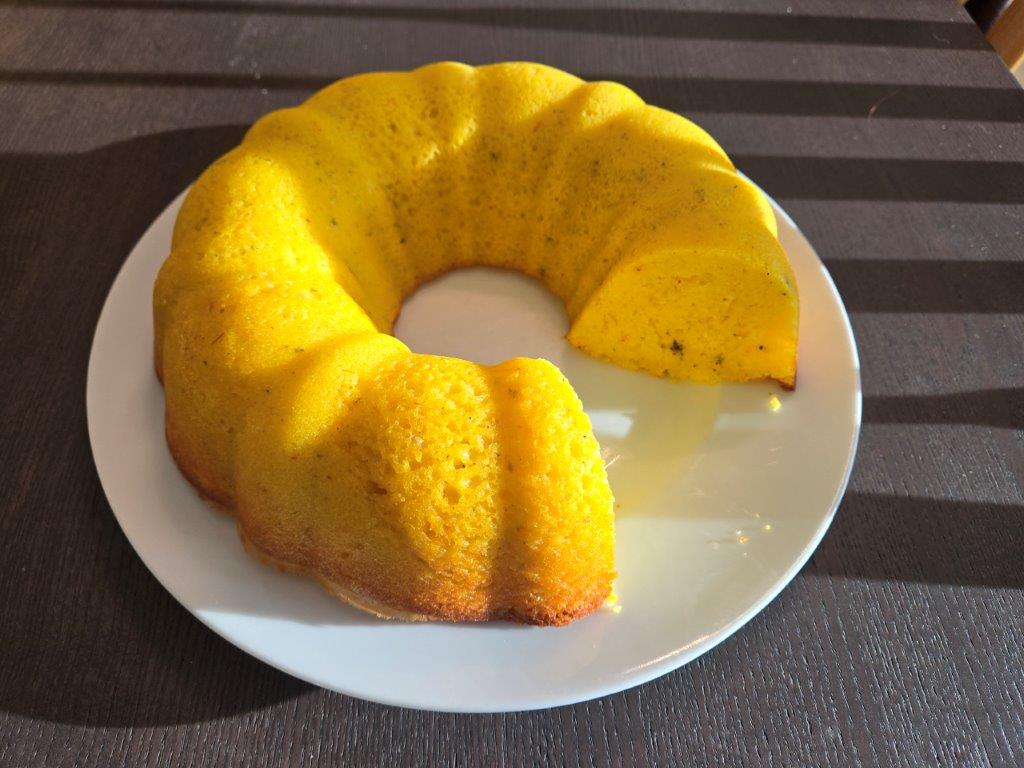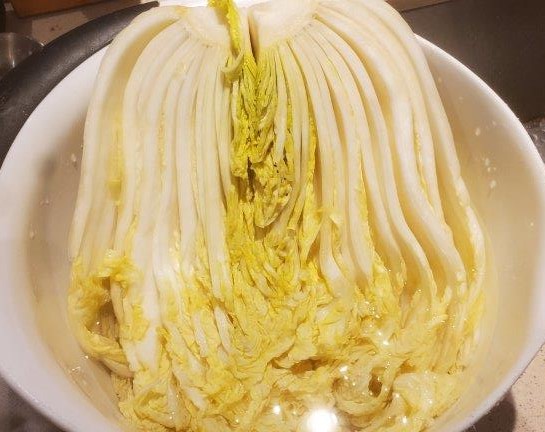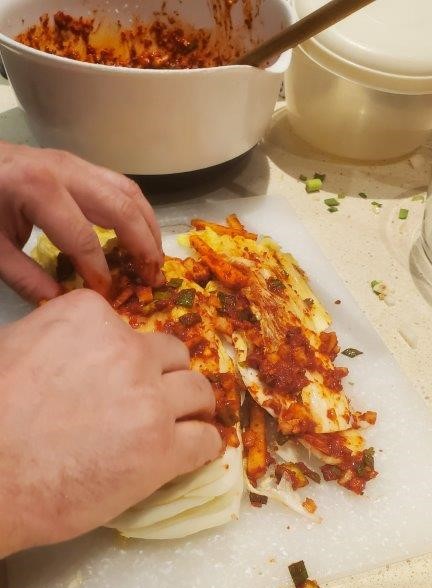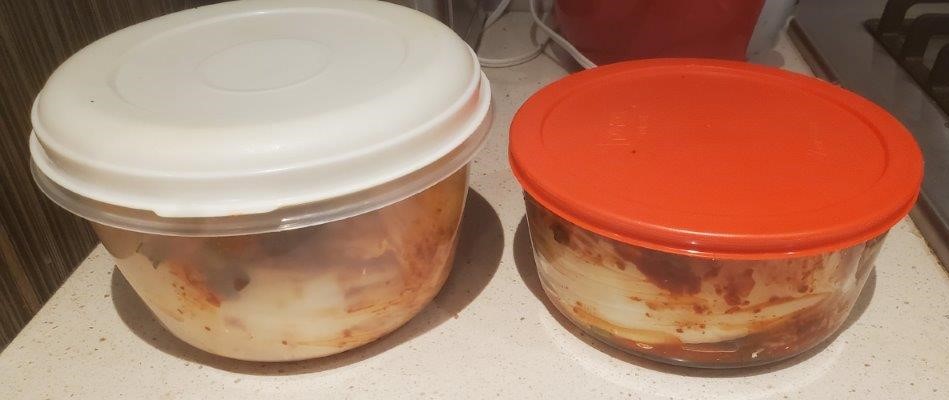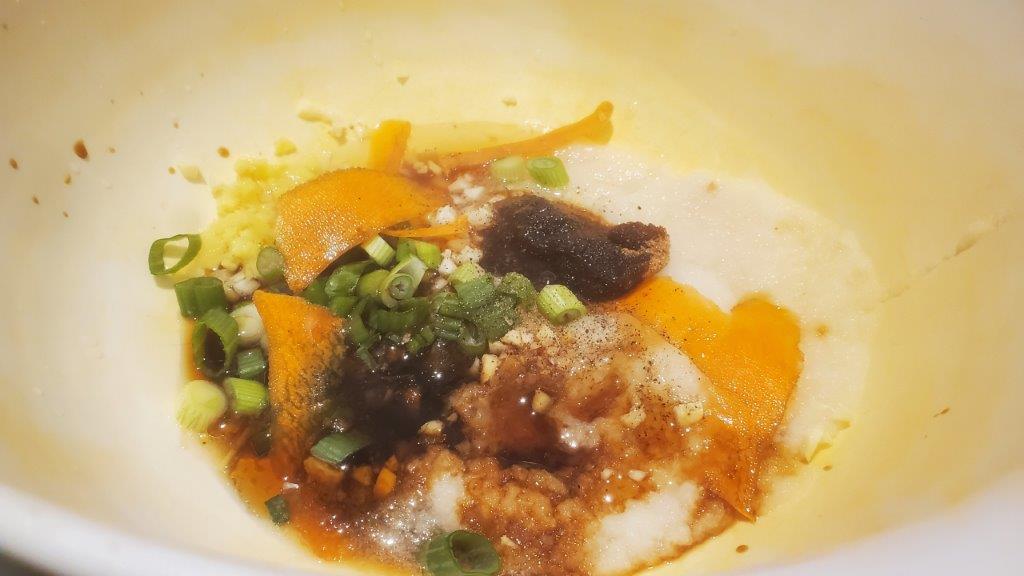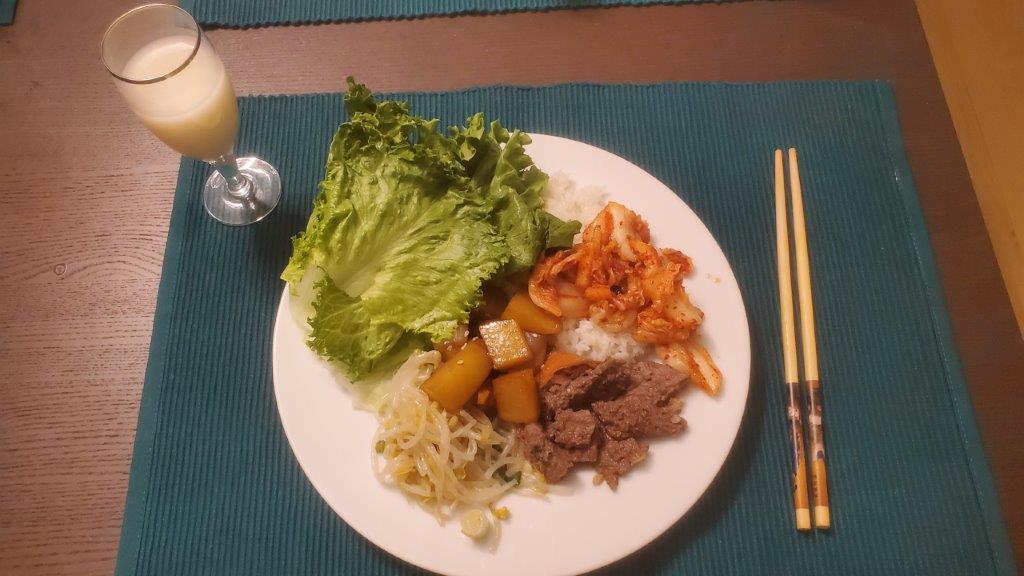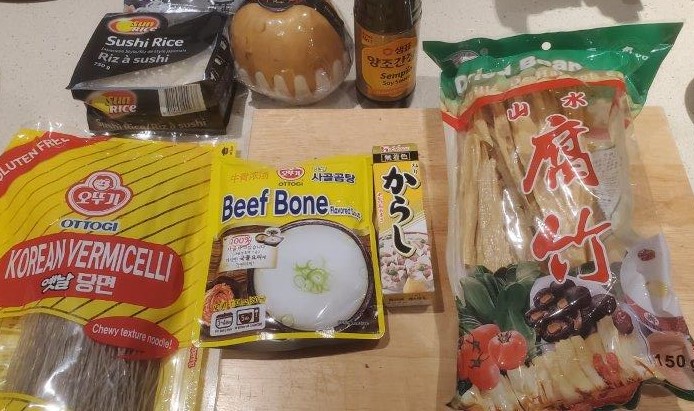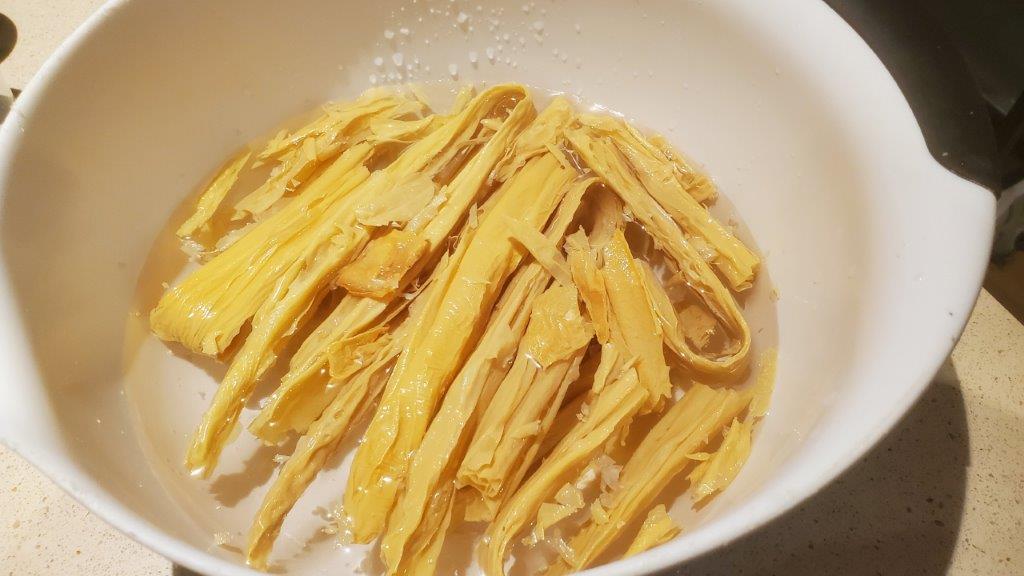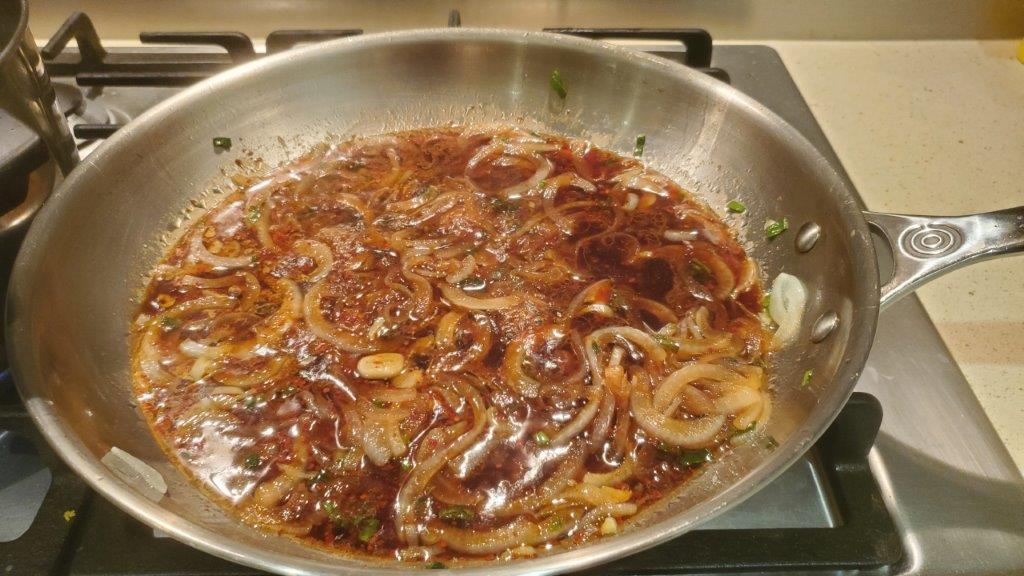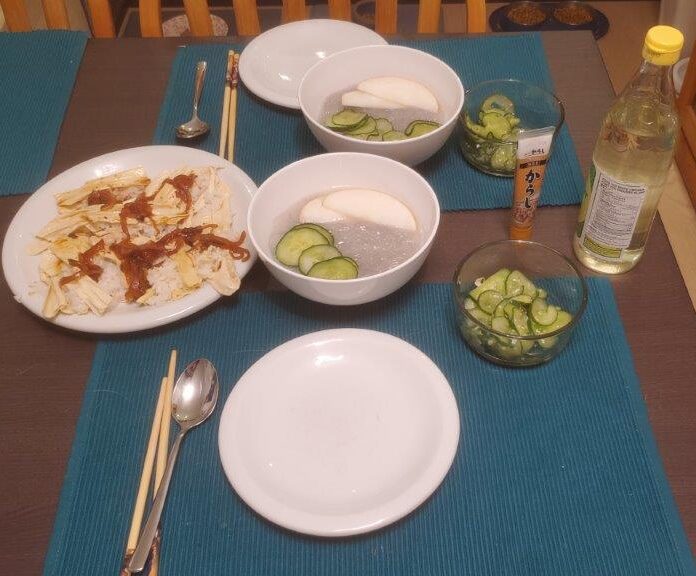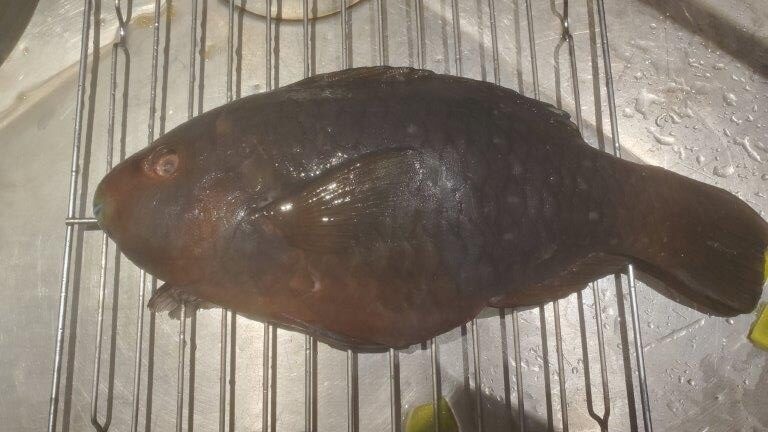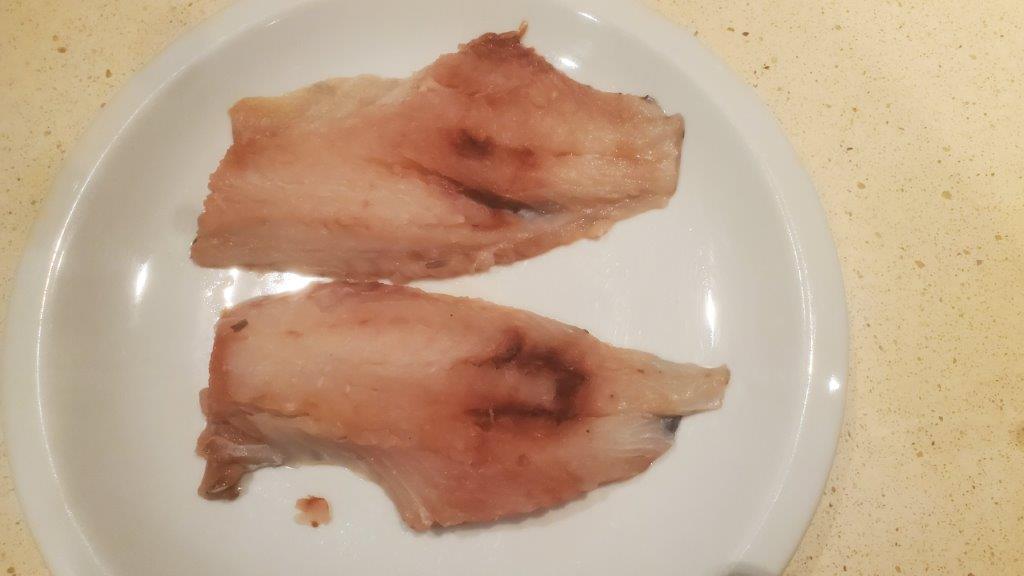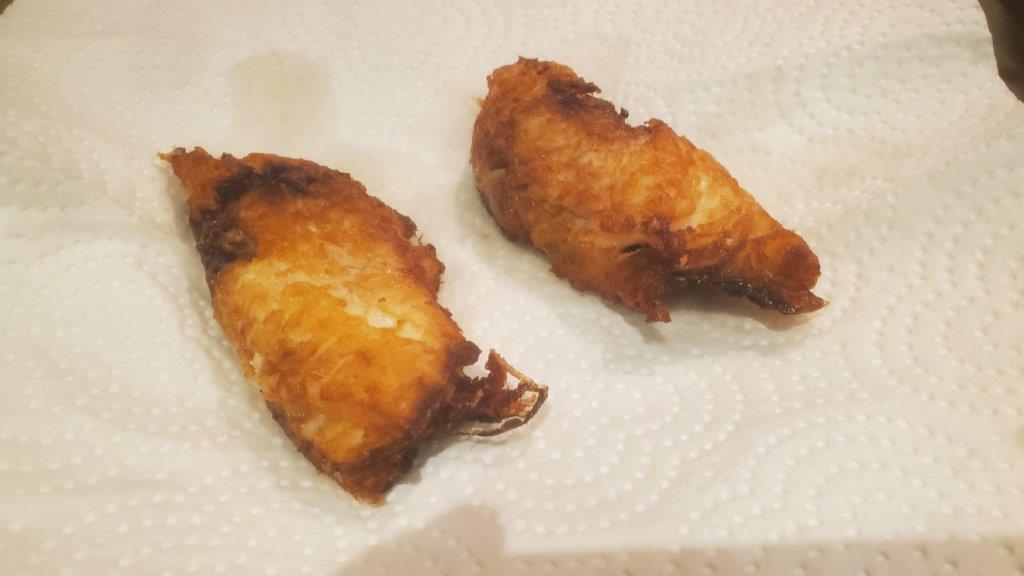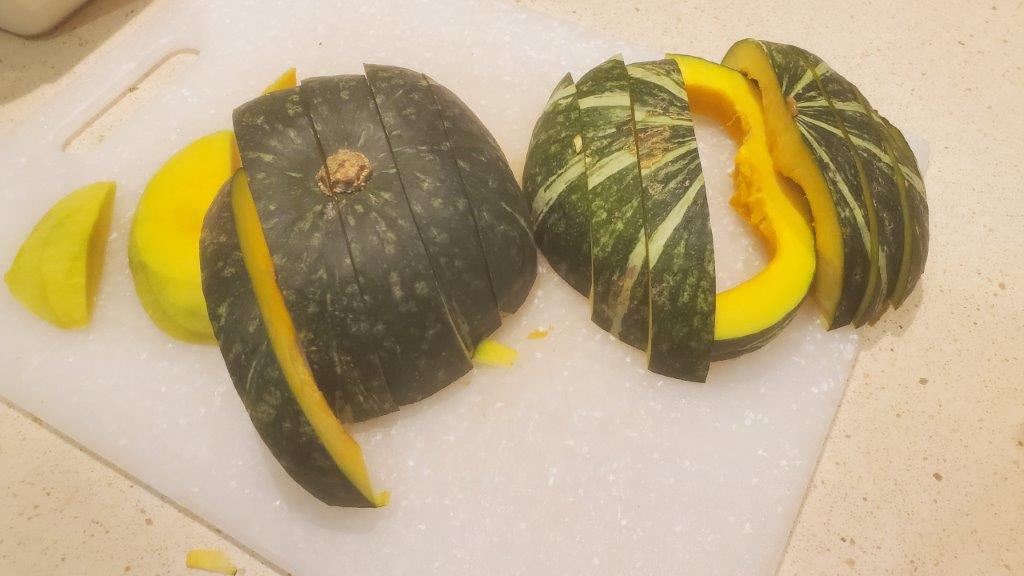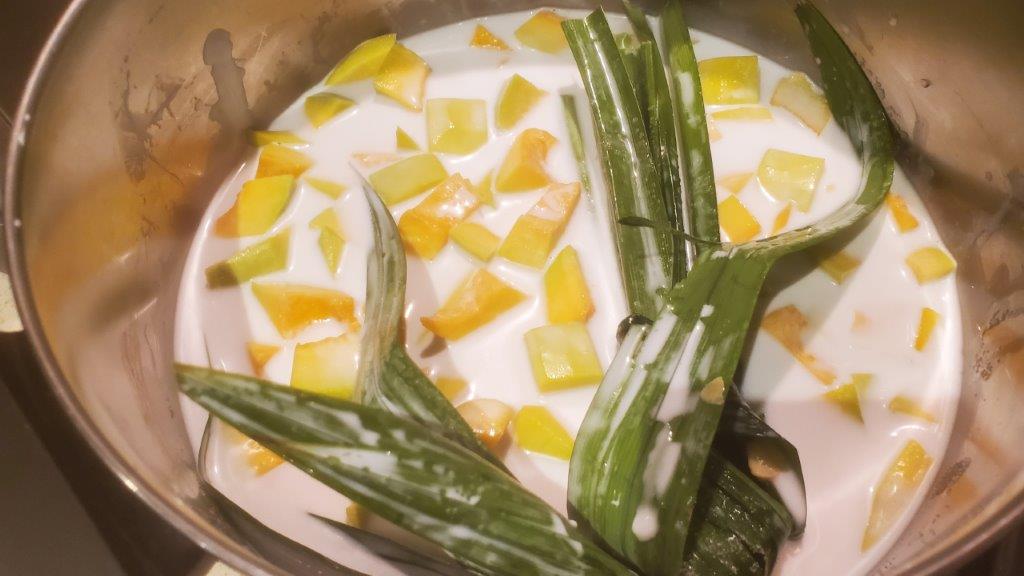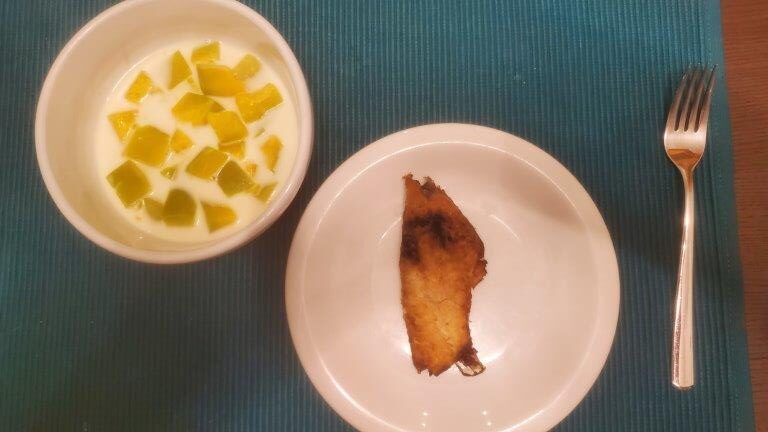Liberia is a country in West Africa. The simplest narrative is that it was settled by freed American slaves who wanted a less oppresive life back in the land of their ancestors. The capital is even named for U.S. President James Monroe. What a nice story.
Except… it wasn’t exactly deserted when the colonists from the colonies arrived, and the Americo-Liberians treated the indigenous population pretty badly, not even allowing them citizenship until 1904.
Liberia was one of only two countries (the other being Ethiopia) NOT colonized by Europeans during the “scramble for Africa”, and supported the allies during World War II. Then it had a couple of bloody civil wars. It does, at least, seem to be doing OK at the moment.
So let’s talk food. Unsurprisingly, Liberian food is a mix of colonial influences from America and local ingredients and customs. Meat and fish are more common than in some other parts of Africa, and the stew we ended up making used quite a bit of it.
All of our recipes today come from a Liberian recipe site on the Internet Archive, via United Noshes.
But first, shopping! In particular, we needed some esoteric leaves, so it was back to the African grocery store I first visited for our Ghanaian meal. The same clerk was working there, and was just as puzzled as last time at the extremely caucasian person asking for extremely African ingredients. But she was also super nice, just like last time, and as soon as I mentioned what we were doing, she remembered me from last time.
And with that, I had acquired two bags of leaves, and she threw in some plantains for free.
First bag of leaves: Sweet Potato greens! Once defrosted, these bear a striking resemblance to chopped spinach:
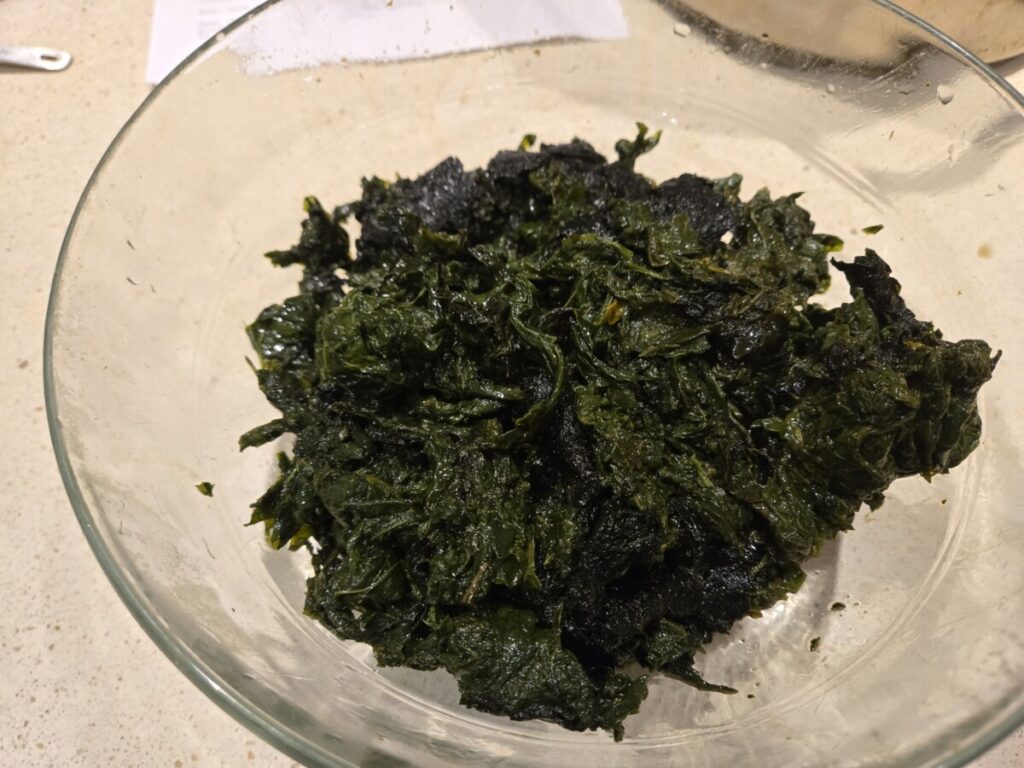
They don’t NOT taste like spinach, either. But these greens form the base of a very hearty stew. HOW hearty, you ask? Here’s the bowl of meat:
That’s shrimp, beef, AND chicken. Not pictured: the smoked turkey ALSO called for by the recipe. Annoyingly, the recipe calls for all the meat to be placed in a bowl, tossed with corn starch and seasoning, then sorted back out and fried separately to get the cooking time for each correct. Next time, I’m just dividing the seasoning up and seasoning each pile one at a time.

OK, all the meat’s cooked – now what?
The recipe has a set of preparation steps involved in using fresh greens, all of which we skipped, because we only had frozen. Next, you cook the greens for a LONG time with some onion.
Once that’s done, you toss in the cooked meat (which has now been sitting for 40 minutes – the sequencing on this recipe leaves something to be desired) and cook until warmed through, and you’re done!
This is a LOT of stew, but I wanted to use the entire bag of greens, so I halved the recipe to match the amount of greens. That’s right – the full recipe calls for TWICE AS MUCH of this, and can clearly feed 8 or more people.
Observant readers will notice that I mentioned TWO bags of leaves. That’s because the other dish we’re making is a Liberian rice dish called “check rice” or “chuck rice,” depending on the source.
This was… an interesting one. If you look for pictures of this stuff online, it’s a rice dish with a beautiful light green color, and little flecks of greenery in among the pile of fluffy rice. Ours… did not turn out like that.
The key ingredient in this dish is jute leaf, which last encountered in our meal from Chad. At the time, we quite liked it, but the bag we bought then was substantially different than the one we used here, not at the least because this time the bag we got was considerably larger, and shredded considerably finer.
Even the lady at the African grocer was at pains to make sure we understood JUST how gloopy these things are.
They are VERY gloopy. United Noshes describes them as “astonishingly mucilaginous.” Like with the sweet potato leaves, one suspects they are VERY different fresh. But we did our best to cook them up with some parboiled rice. Lovely and light green, this turned out not to be.
I’m pretty sure we did something SERIOUSLY wrong, but I’m not sure what. It would be very interesting to try it again with the other bag of leaves. At any rate – here’s dinner!

The flavors were great. What’s not to like about a big pile of assorted meat and fish with greens? The sweet potato greens tasted like a milder counterpart to spinach. The rice TASTED good.
But – everything was very gloopy. The rice, in particular, was gloop personified. The stew was good, but I couldn’t help but wish we’d been able to make it with fresh leaves, or even frozen whole ones.
As always, when a dish in this project isn’t to our taste, we want to stress that that’s never the fault of the dish – it’s either a) we executed it poorly, or b) our palates just aren’t accustomed to the beloved cuisines of other countries.
In this case, it’s probably a bit of both – we didn’t know what we were doing, we used low quality frozen ingredients, and we’re just not used to these textures. I would definitely LOVE to try these dishes prepared with fresh ingredients by someone who knows what they are doing.
Something we don’t always talk about on this blog is leftovers. There are often leftovers, because we don’t know enough about how to scale these recipes, or because we don’t want to have too much of an unusual ingredient left over and taking up pantry or fridge space. (Despite that motivation, our pantry and fridge are, unsurprisingly, full of ingredients I can’t even remember how they got there. What the hell is sand ginger, anyway?)
But just for fun, here’s some ways to use leftover Liberian sweet potato leaf stew:
1. Served over a big pile of regular white rice. This worked really well – trying to soak up moist leaves with rice that was not ITSELF full of moist leaves worked much better.
2. In a tortilla with cheese and salsa. Possibly blasphemous, but delicious.
3. Mixed into a cream cheese and mozzarella dip, a la spinach and artichoke dip. But with meat, and no spinach or artichokes. We’re definitely going to hell for this one, but it sure was good!
One more African country in this stretch – next up, Libya!
Recipes:
Sweet Potato Greens
Check Rice

